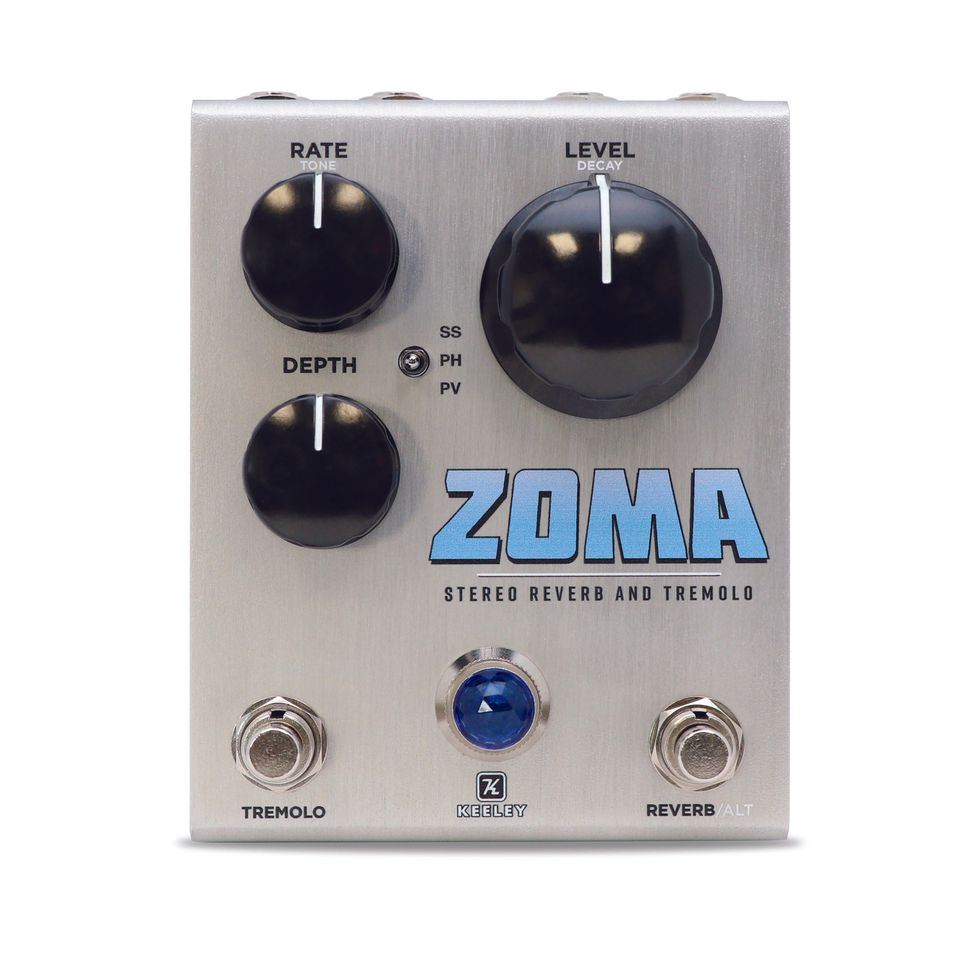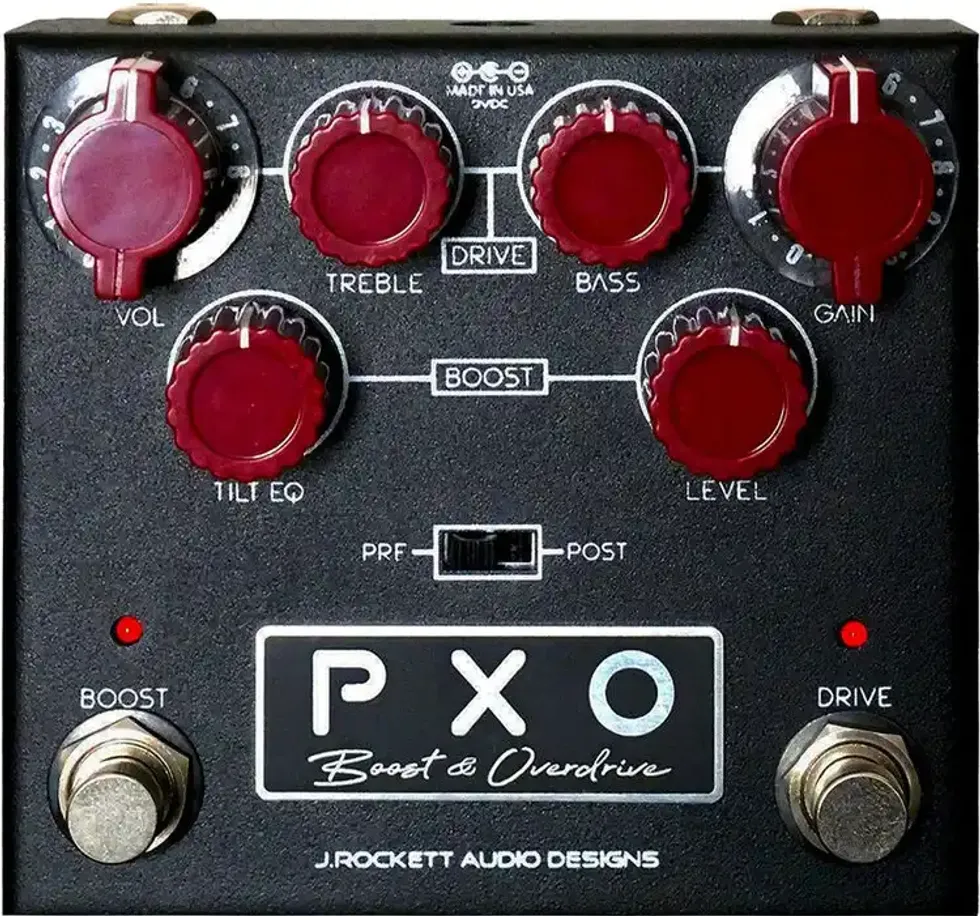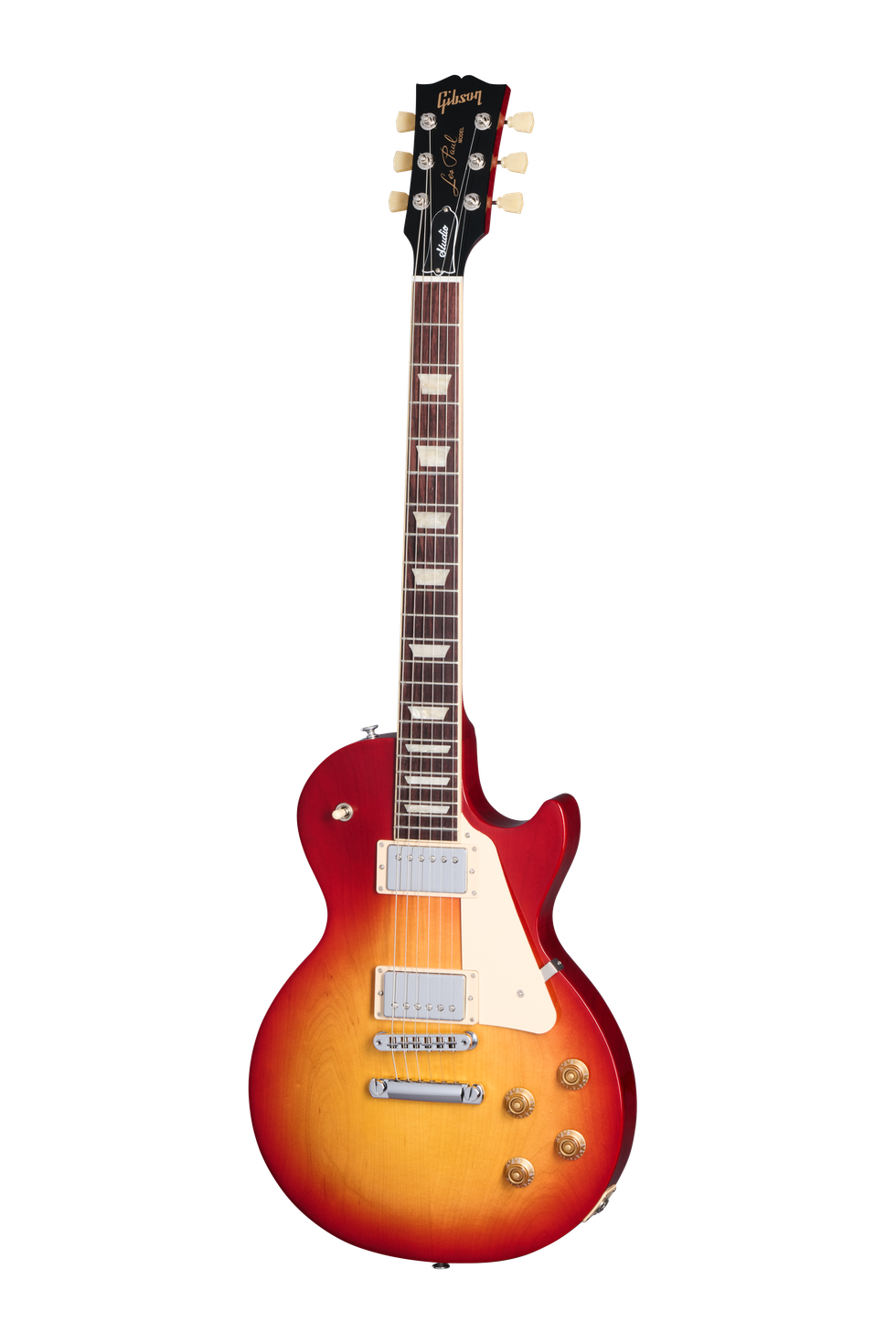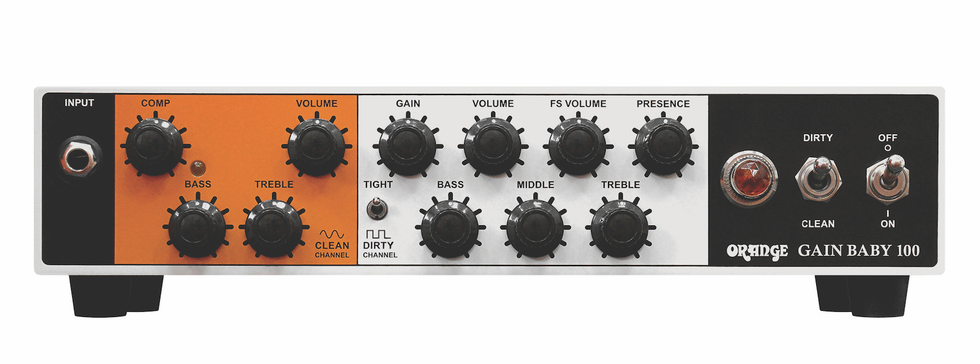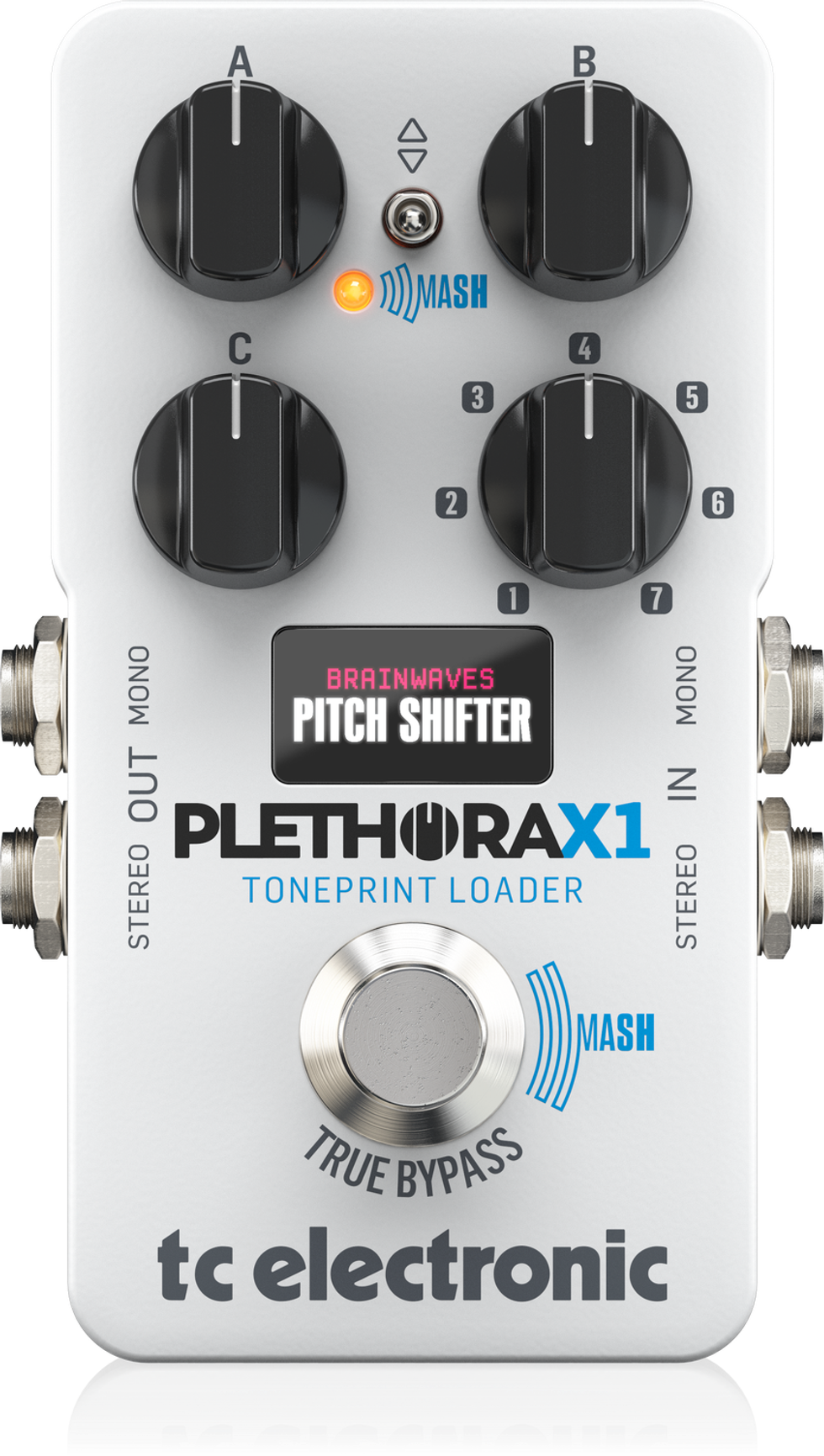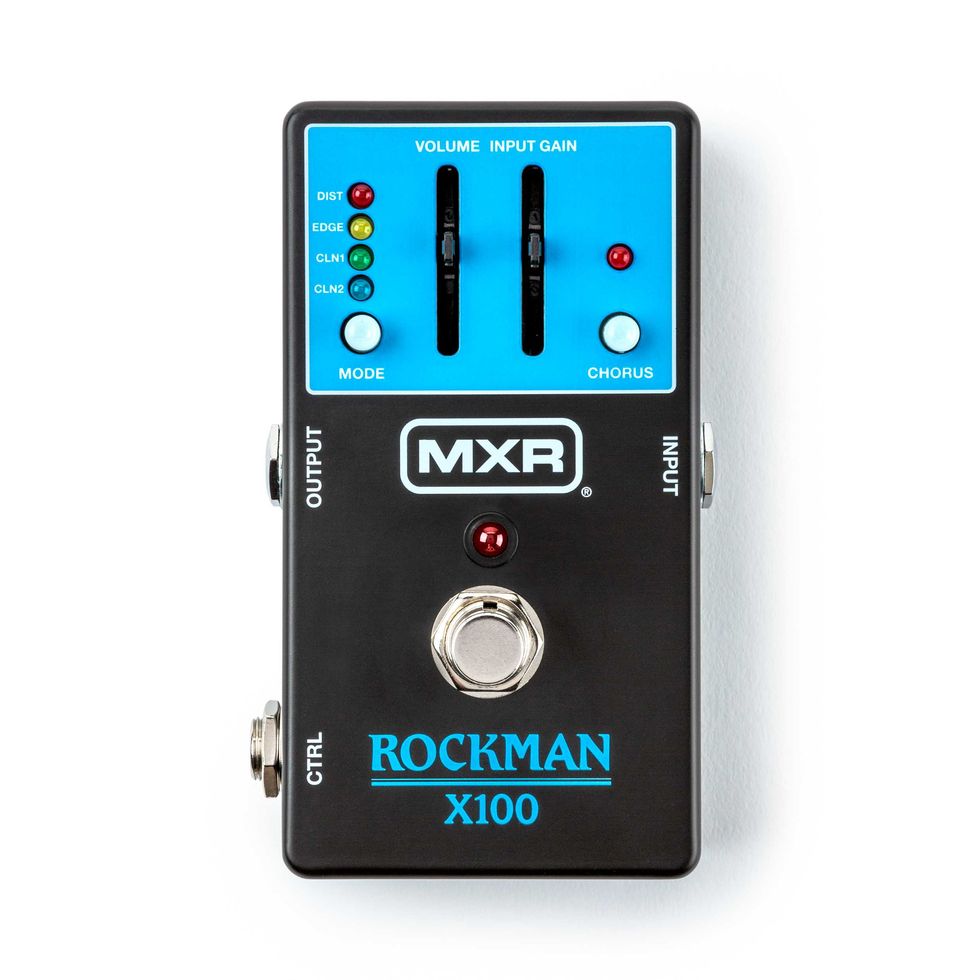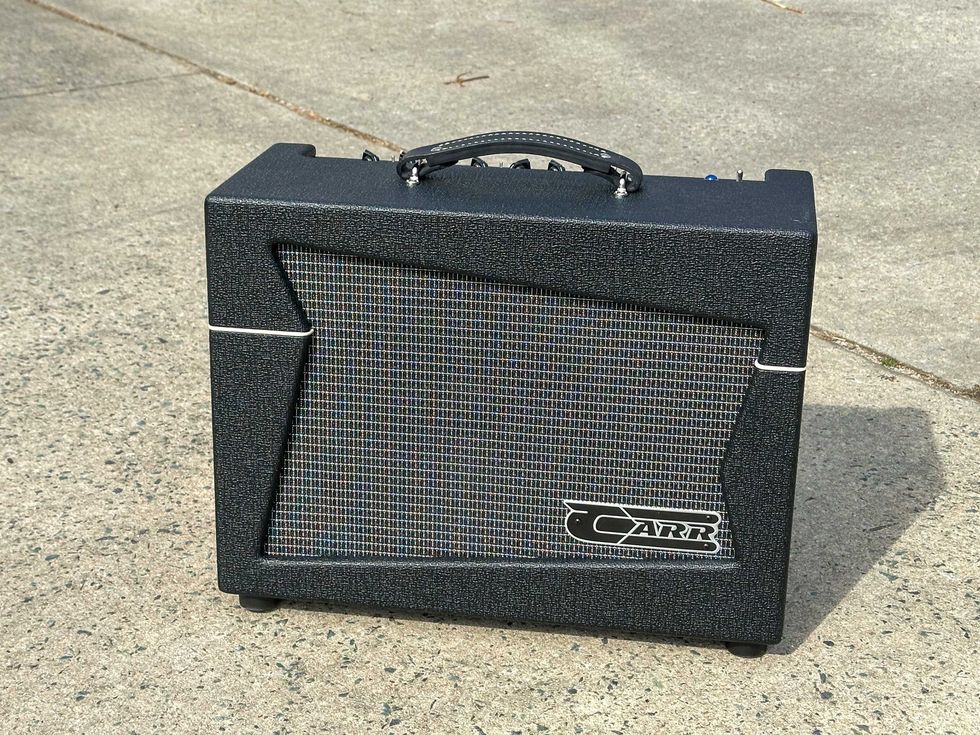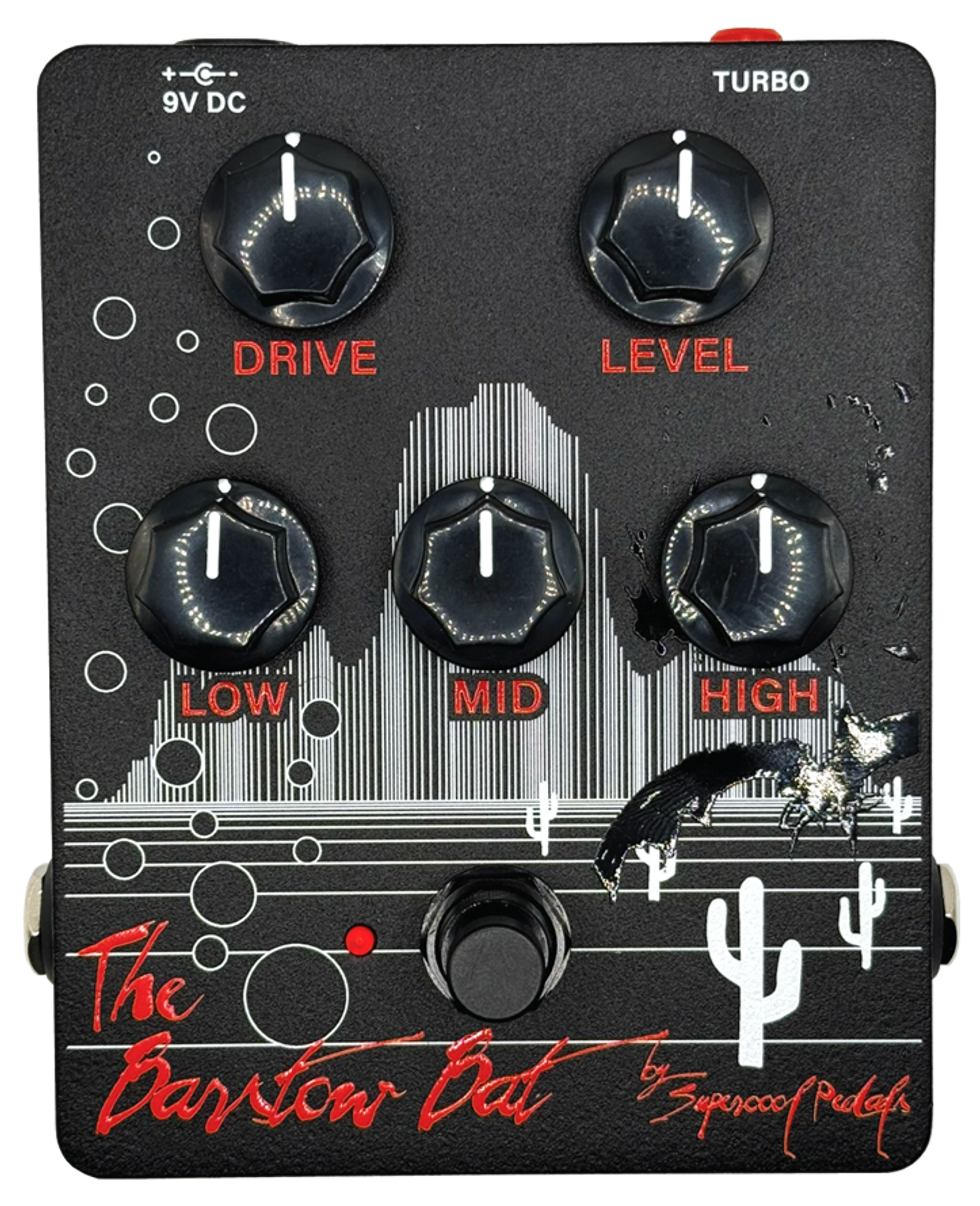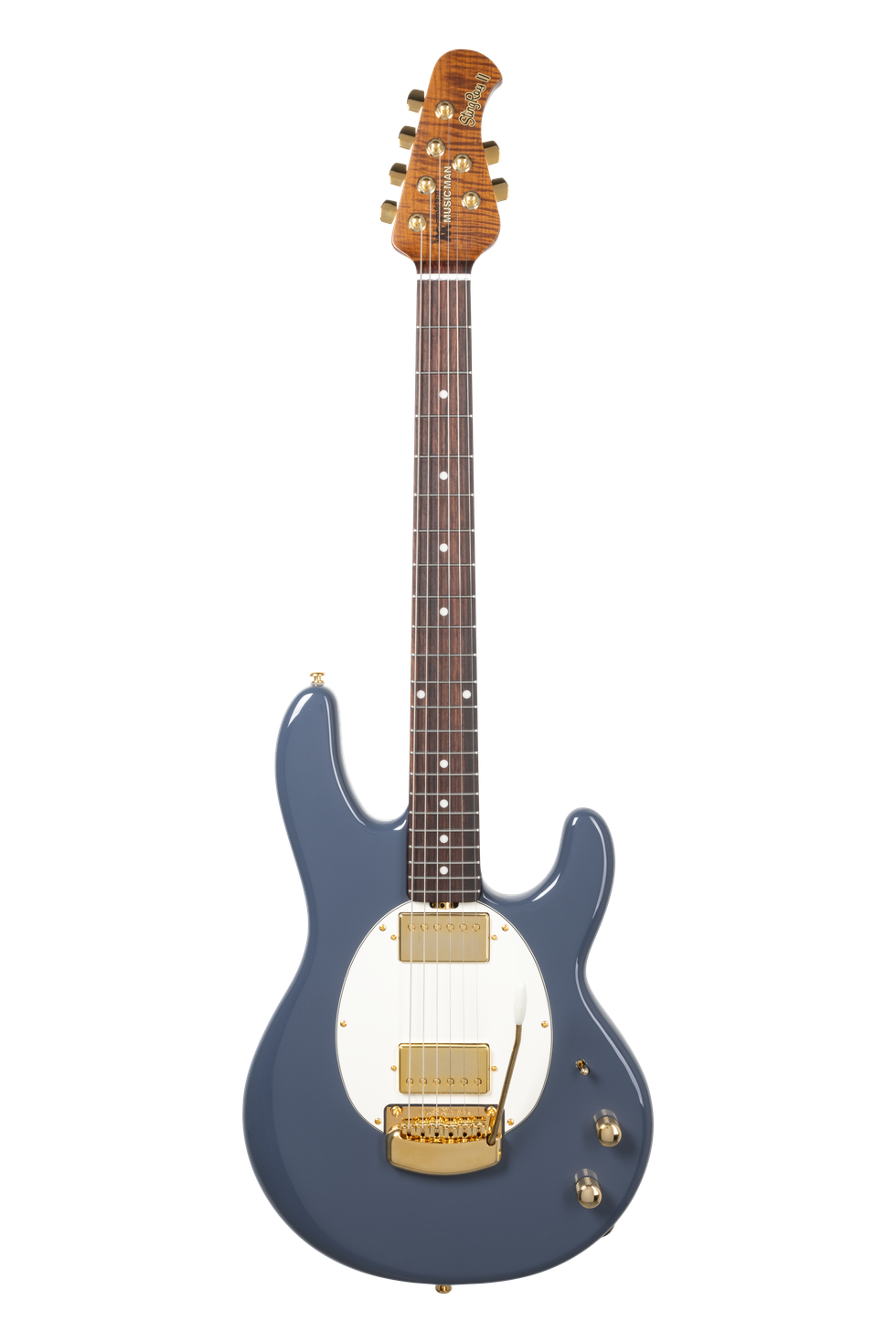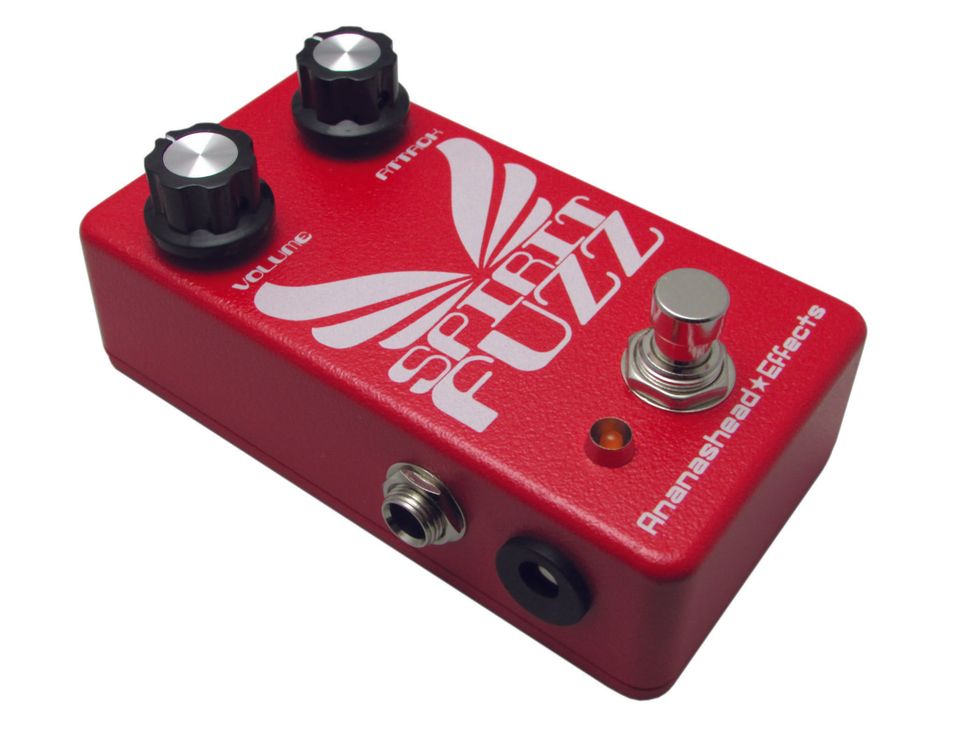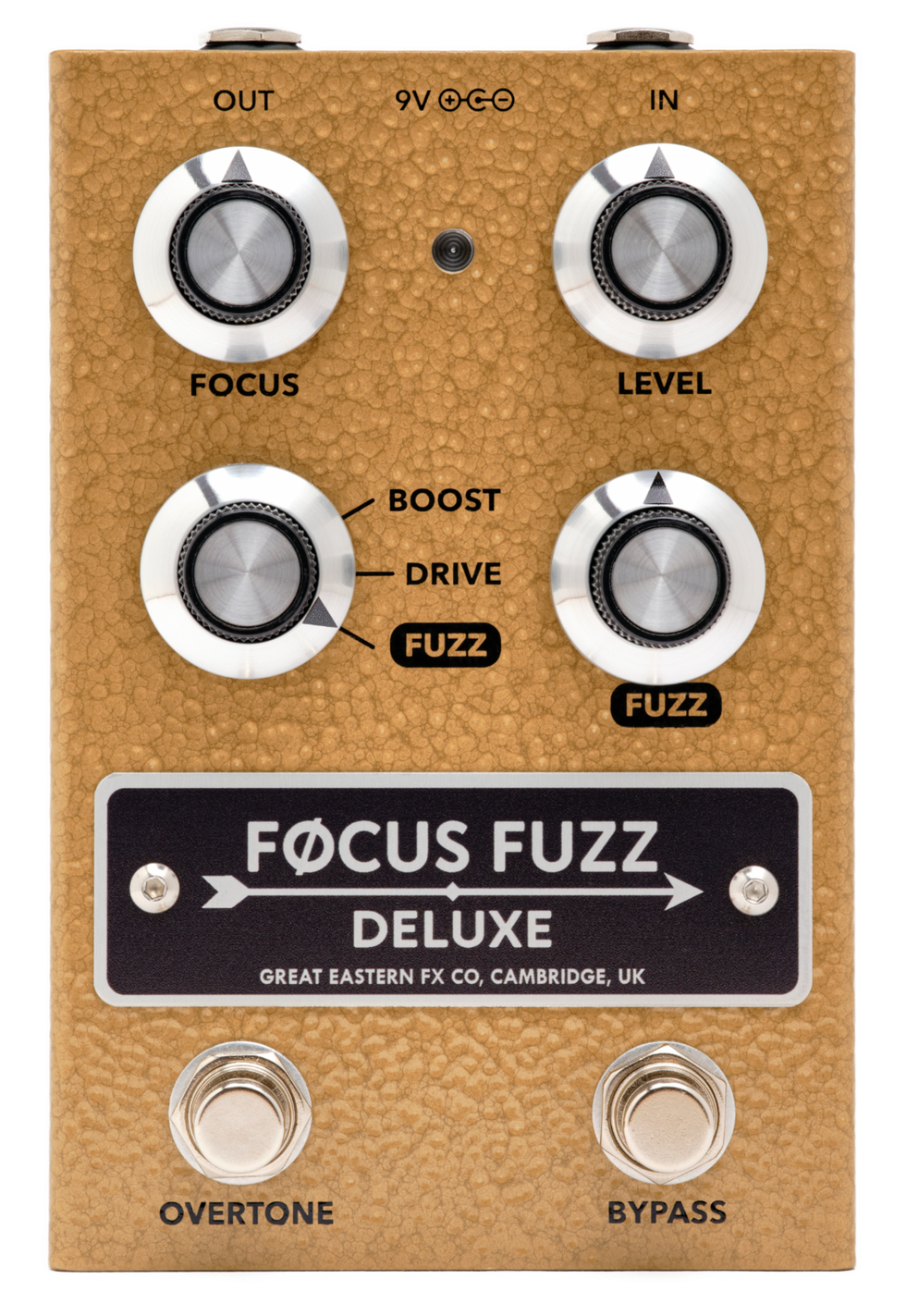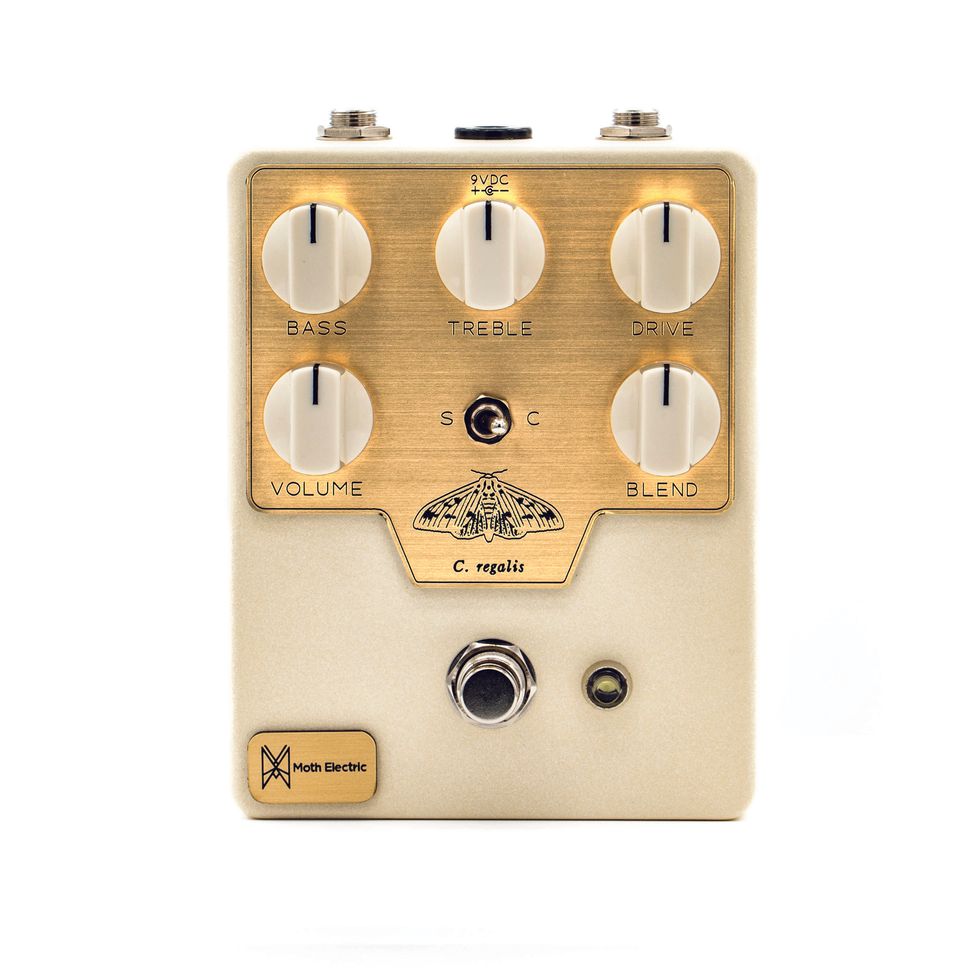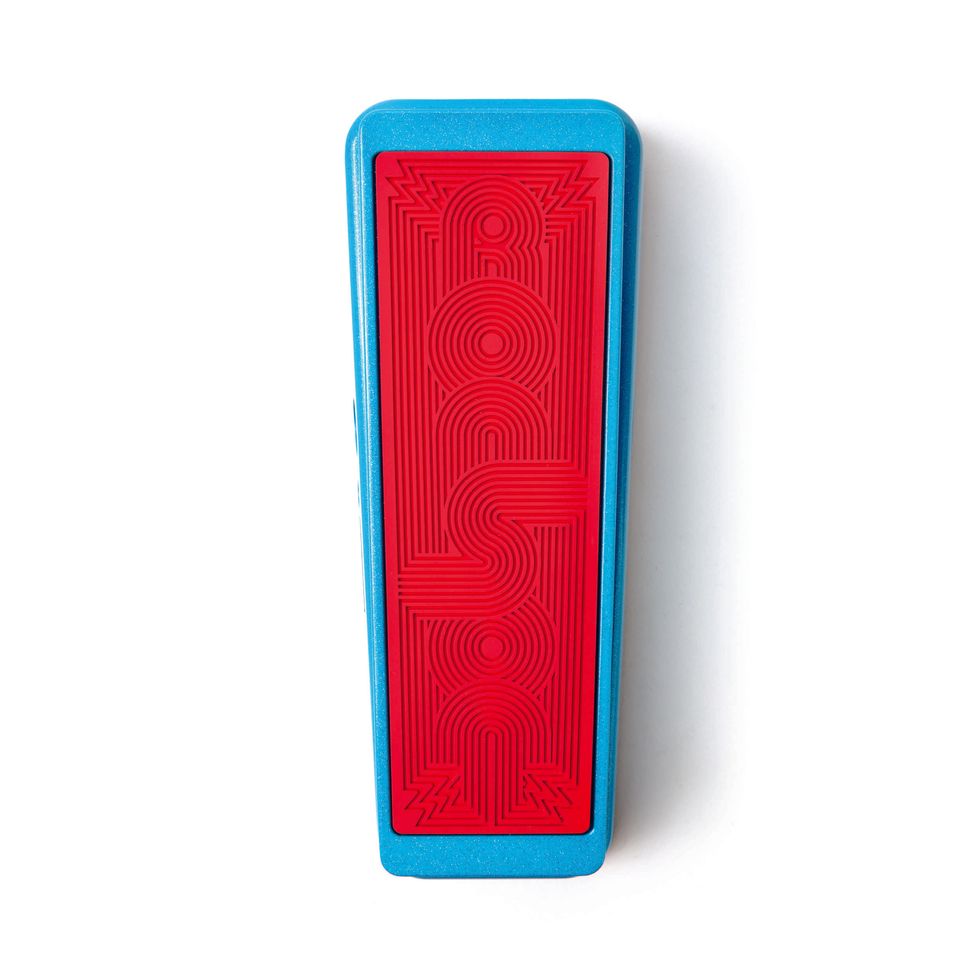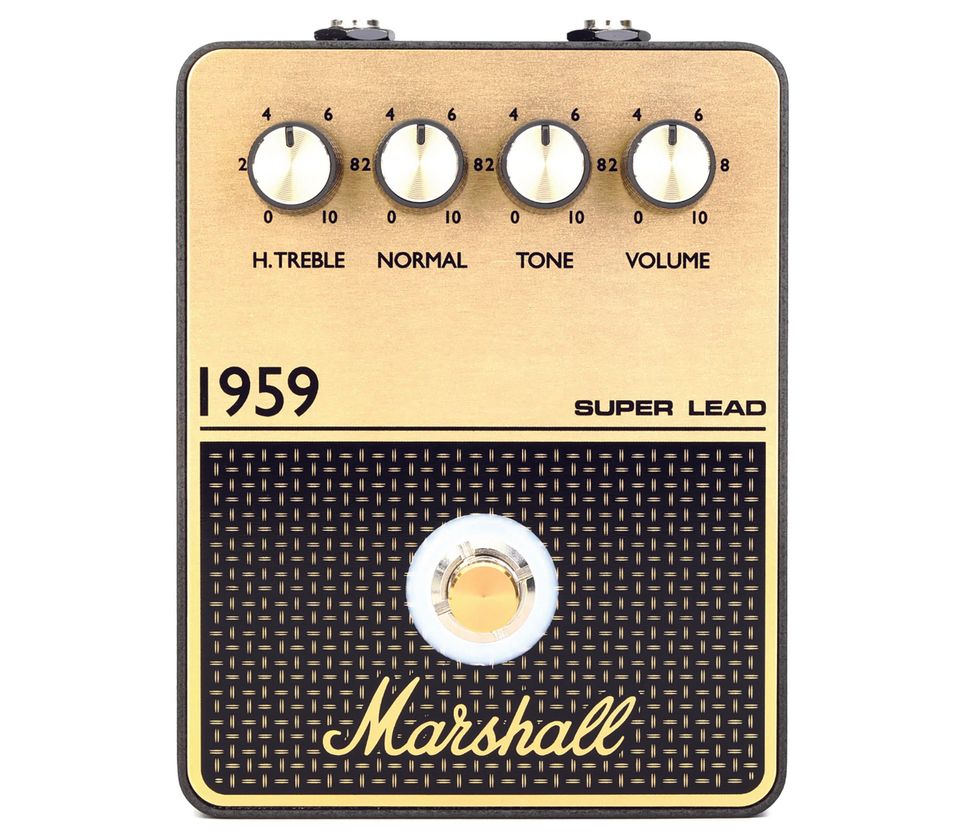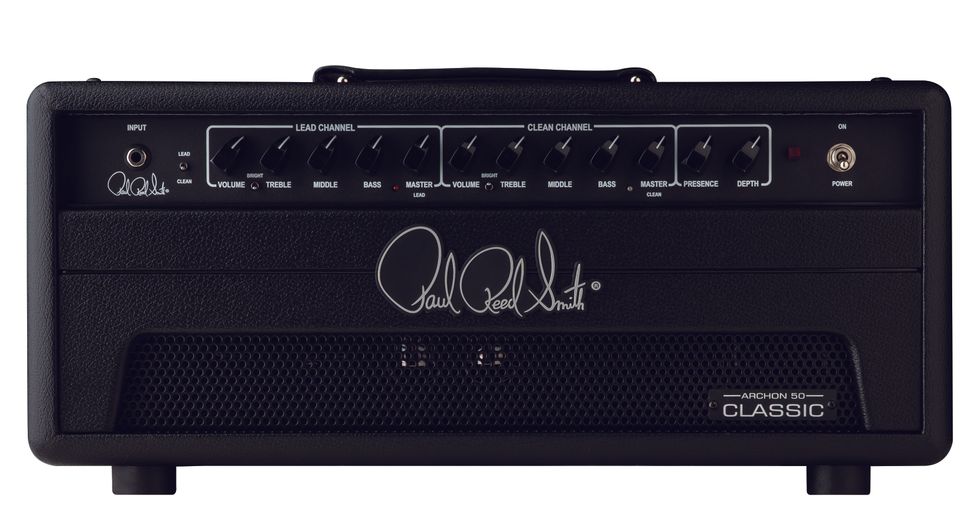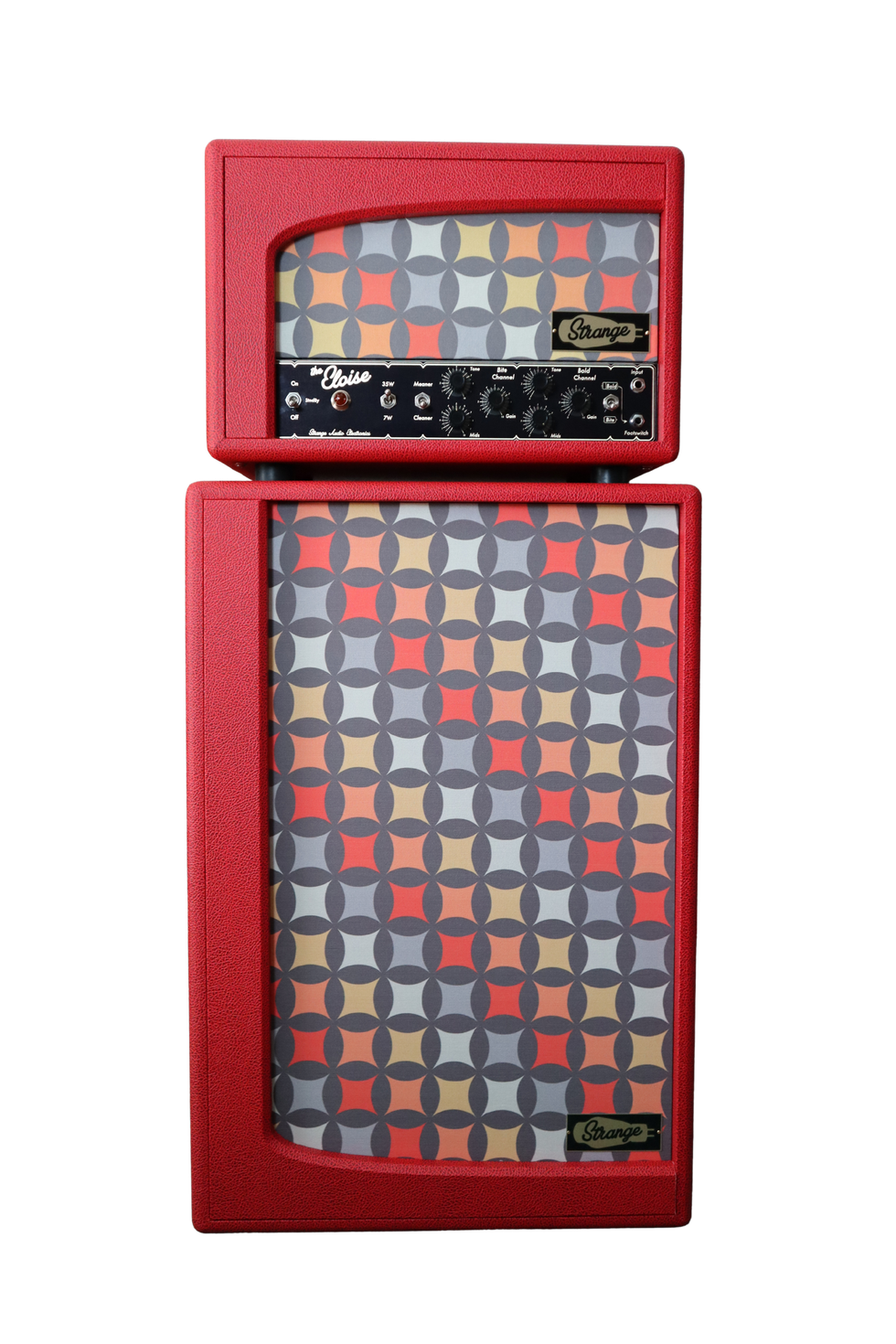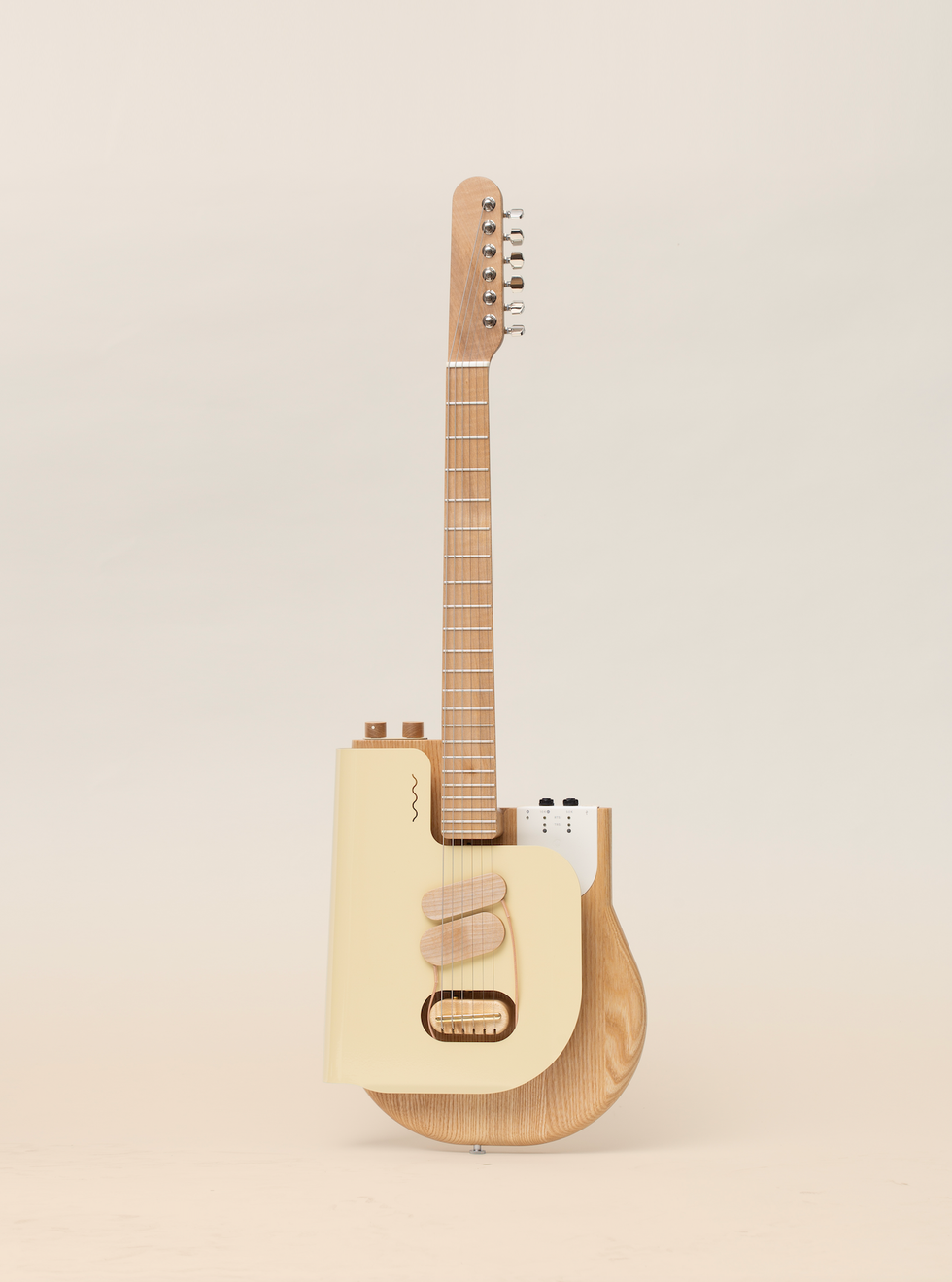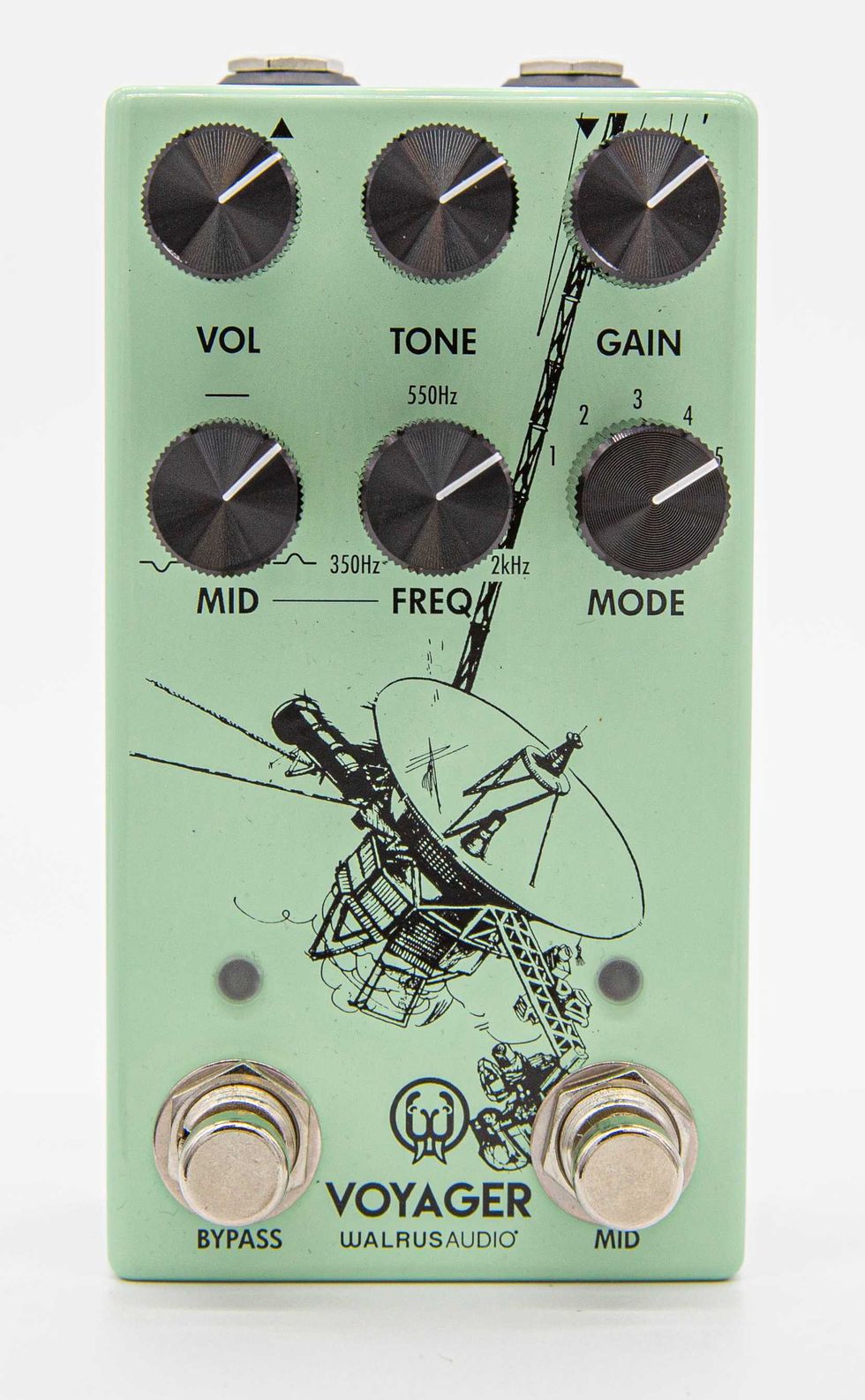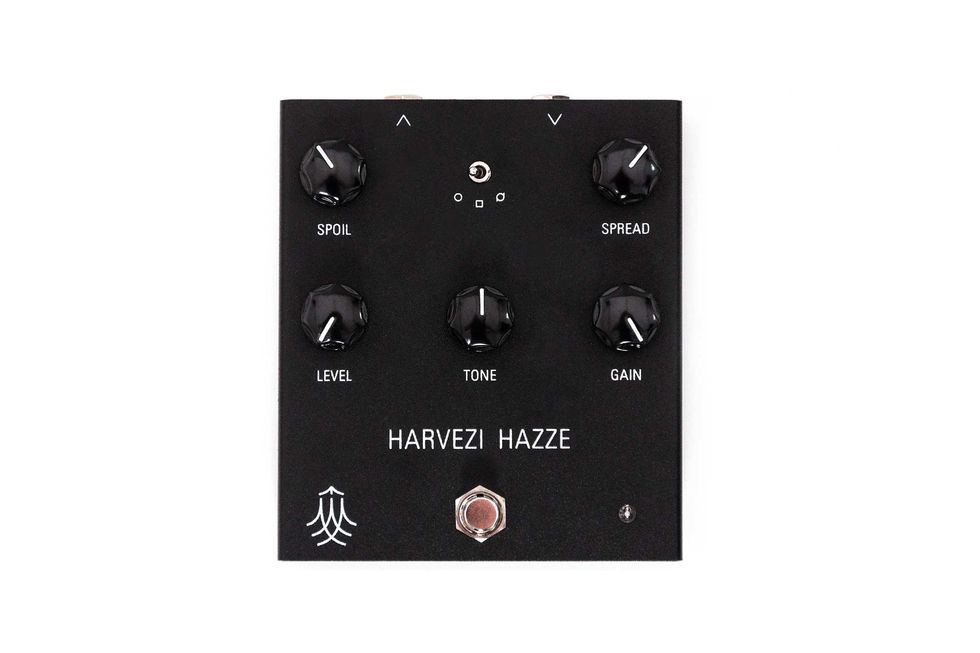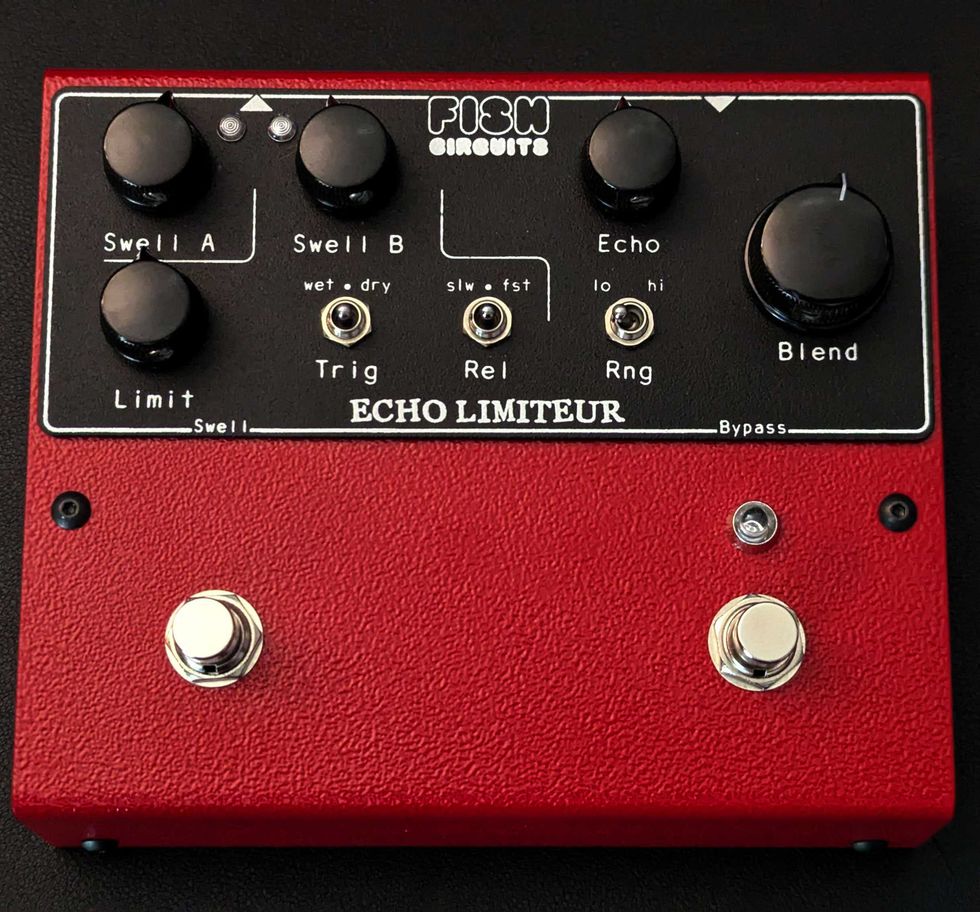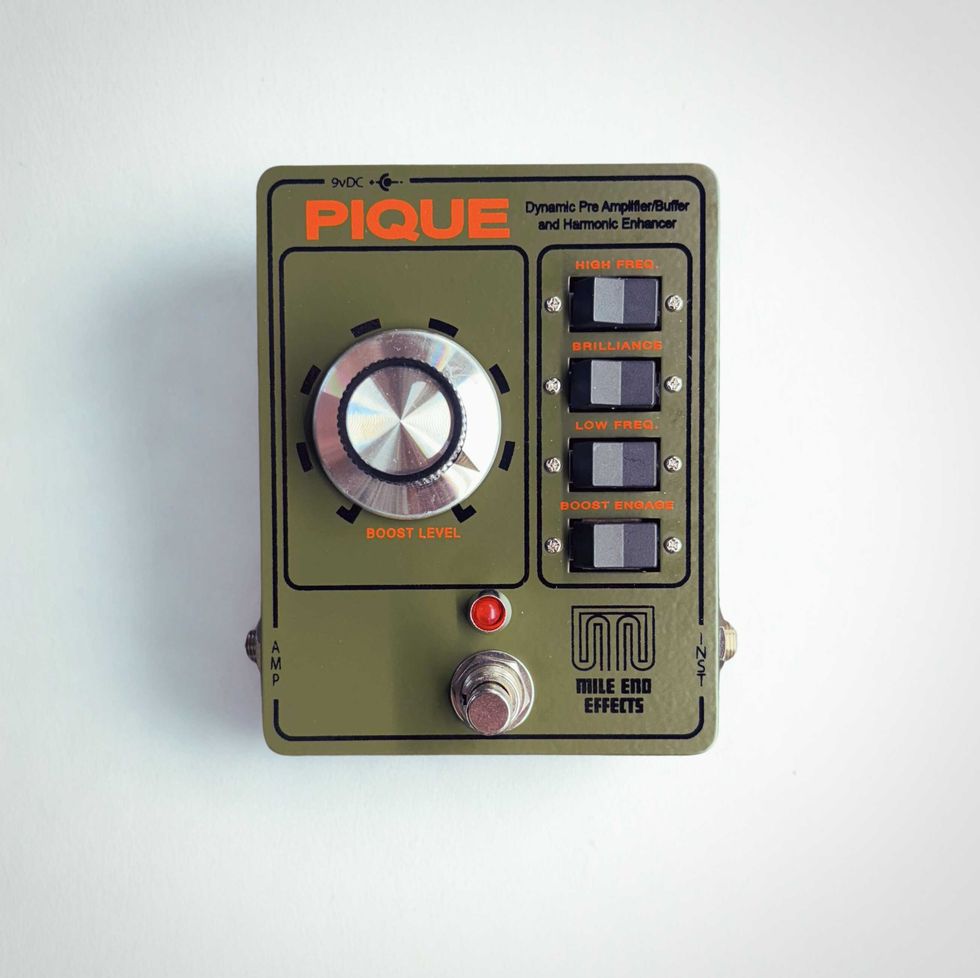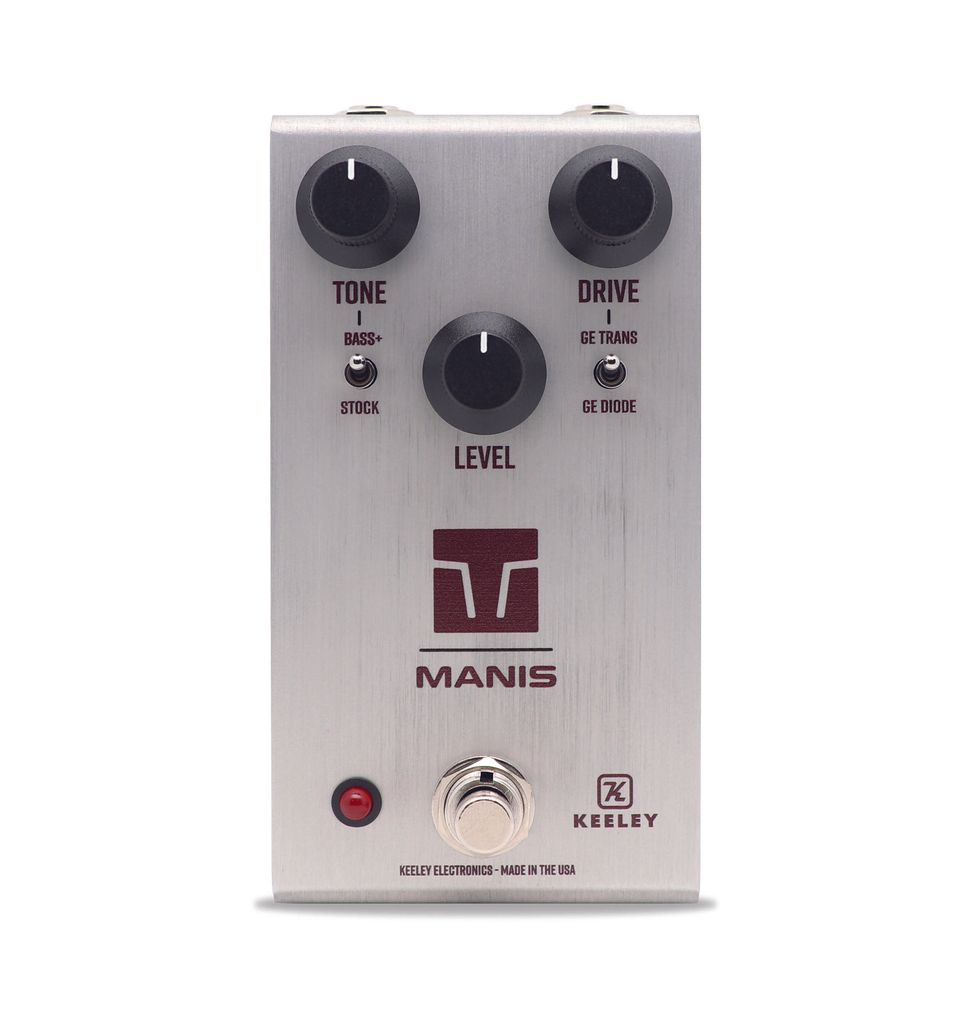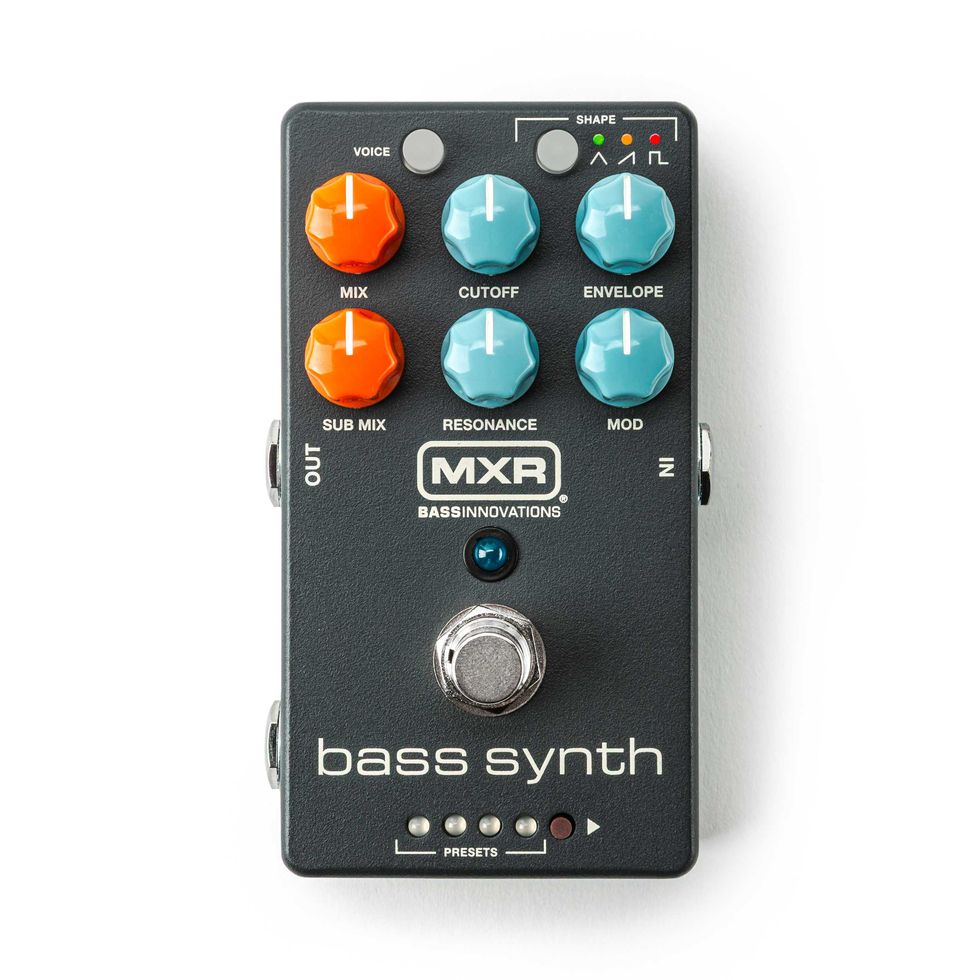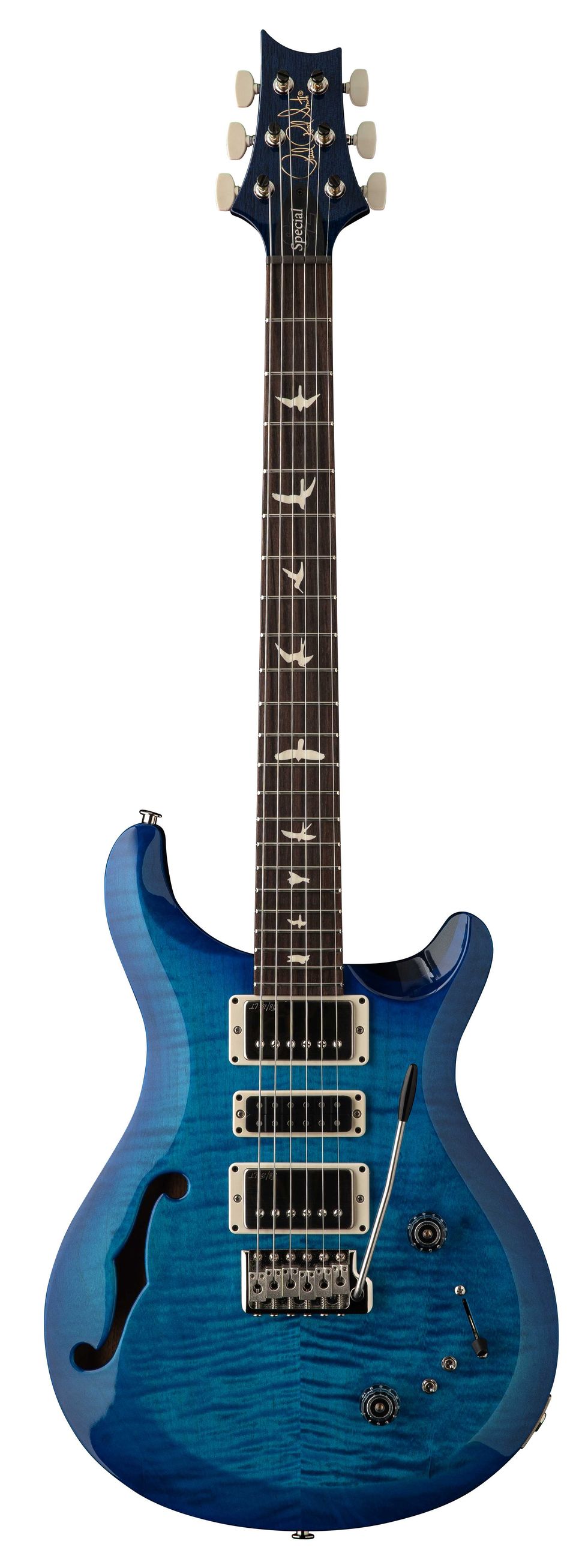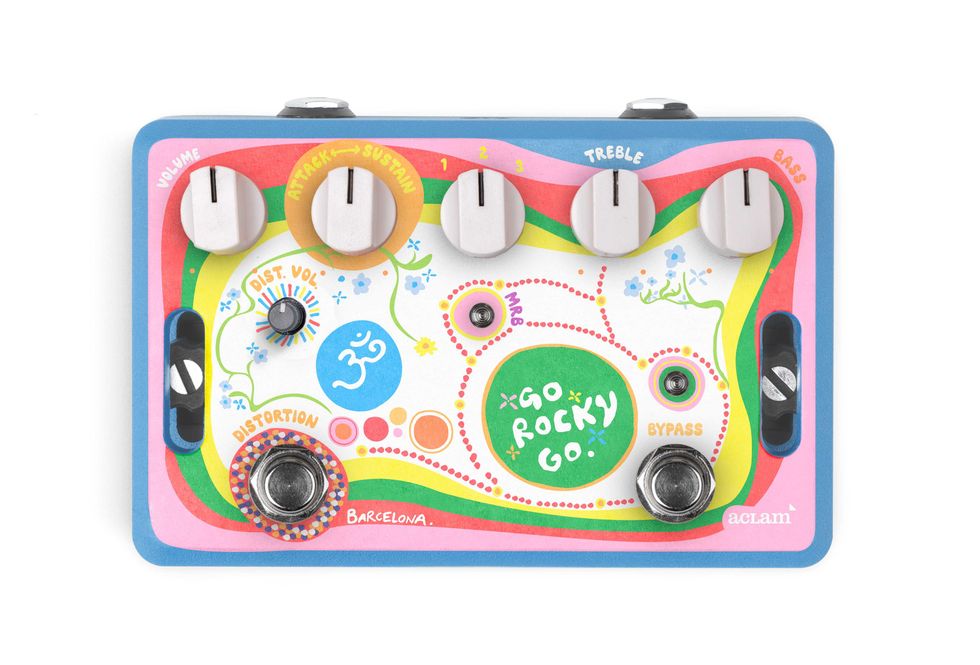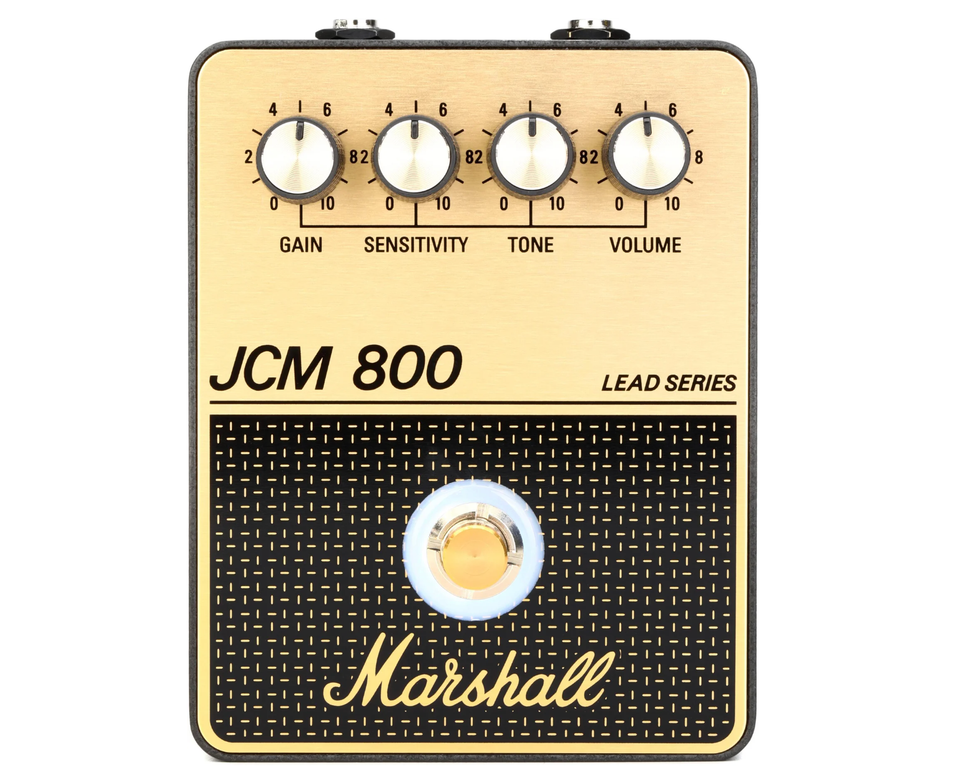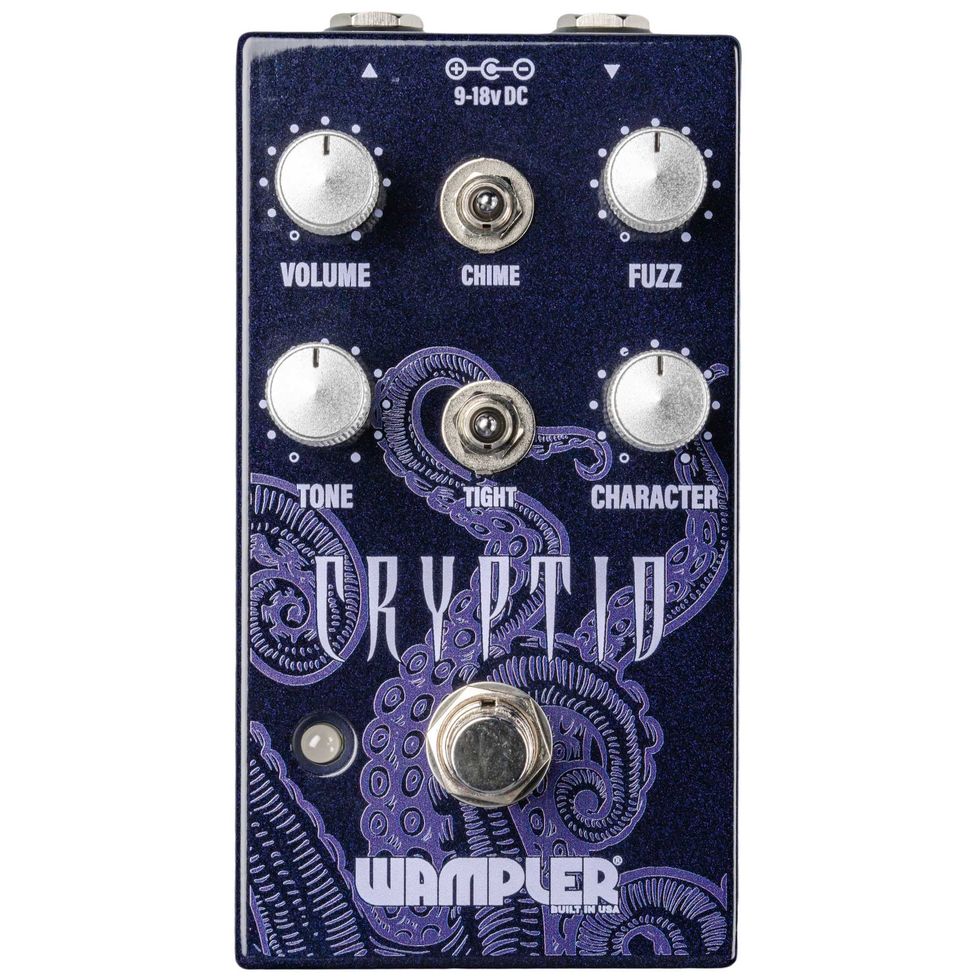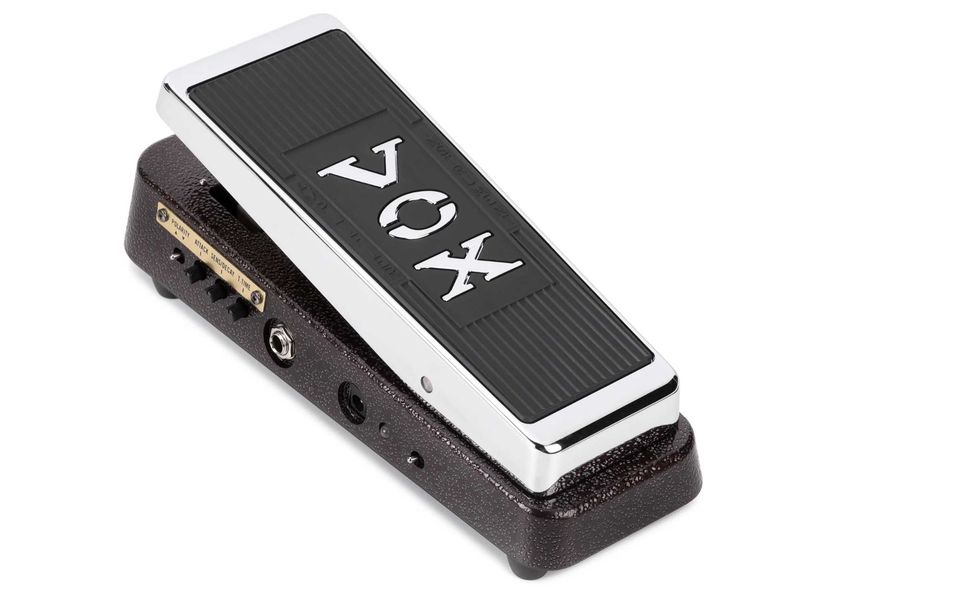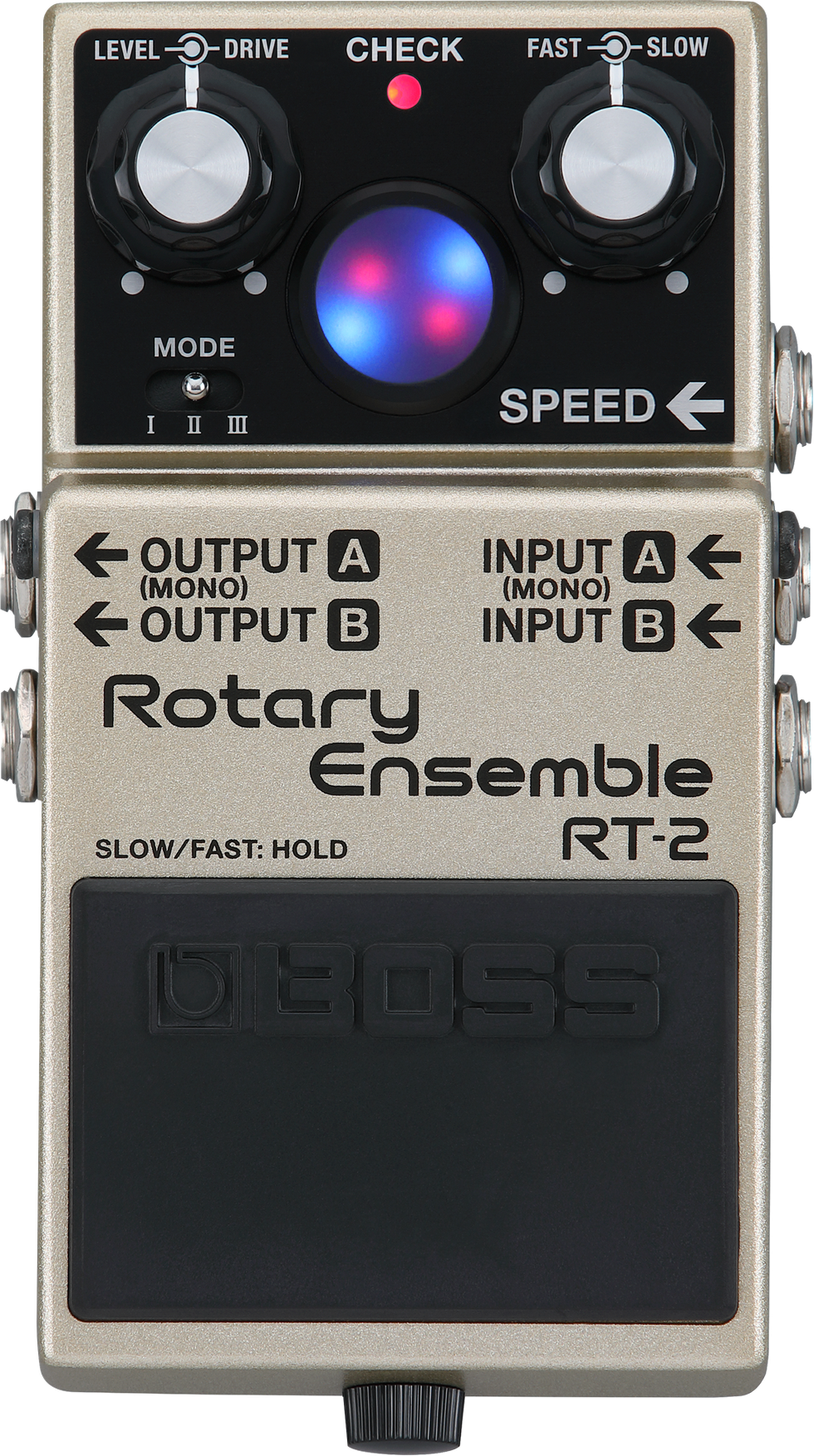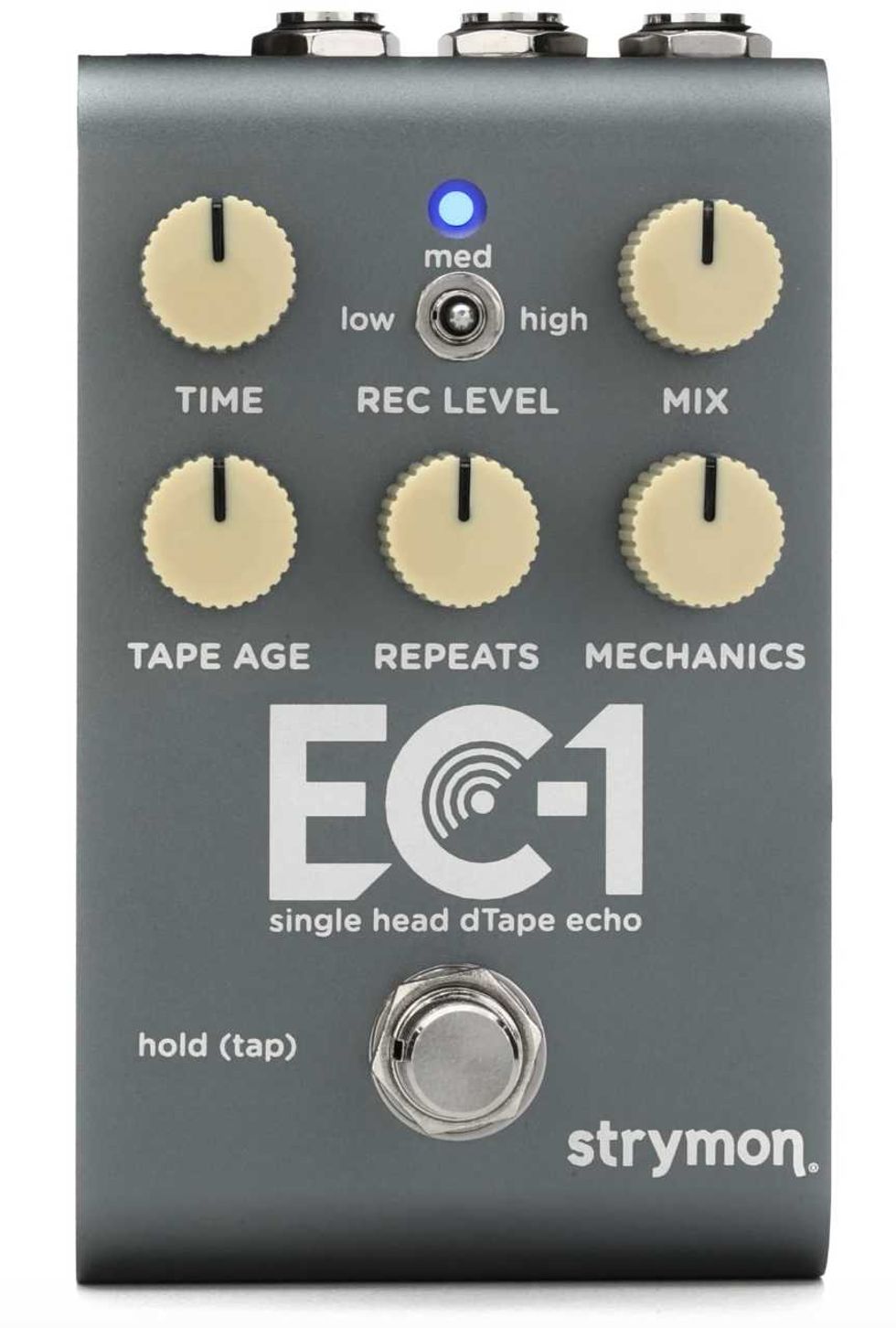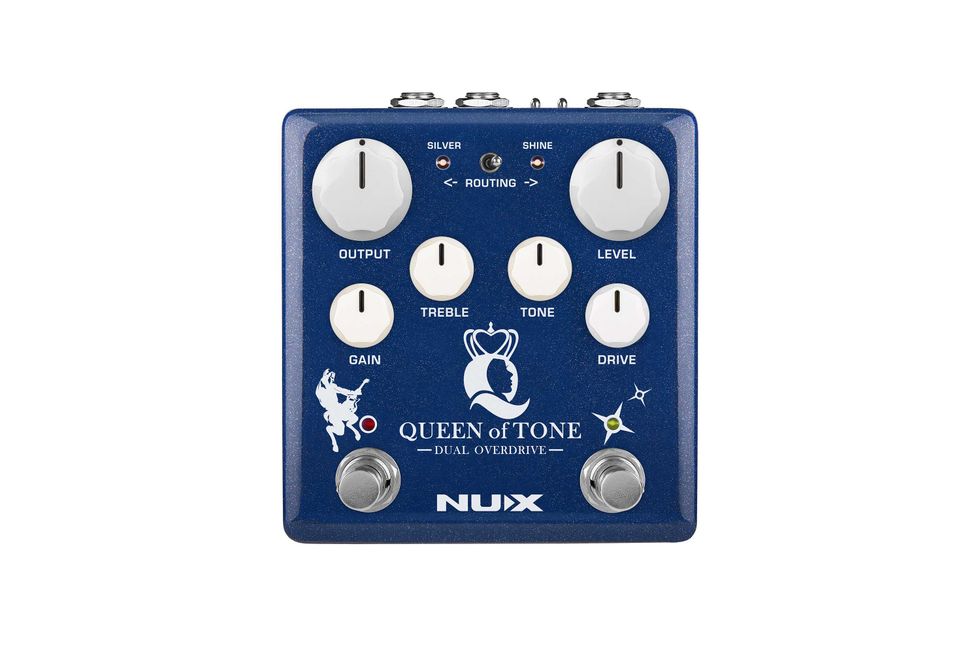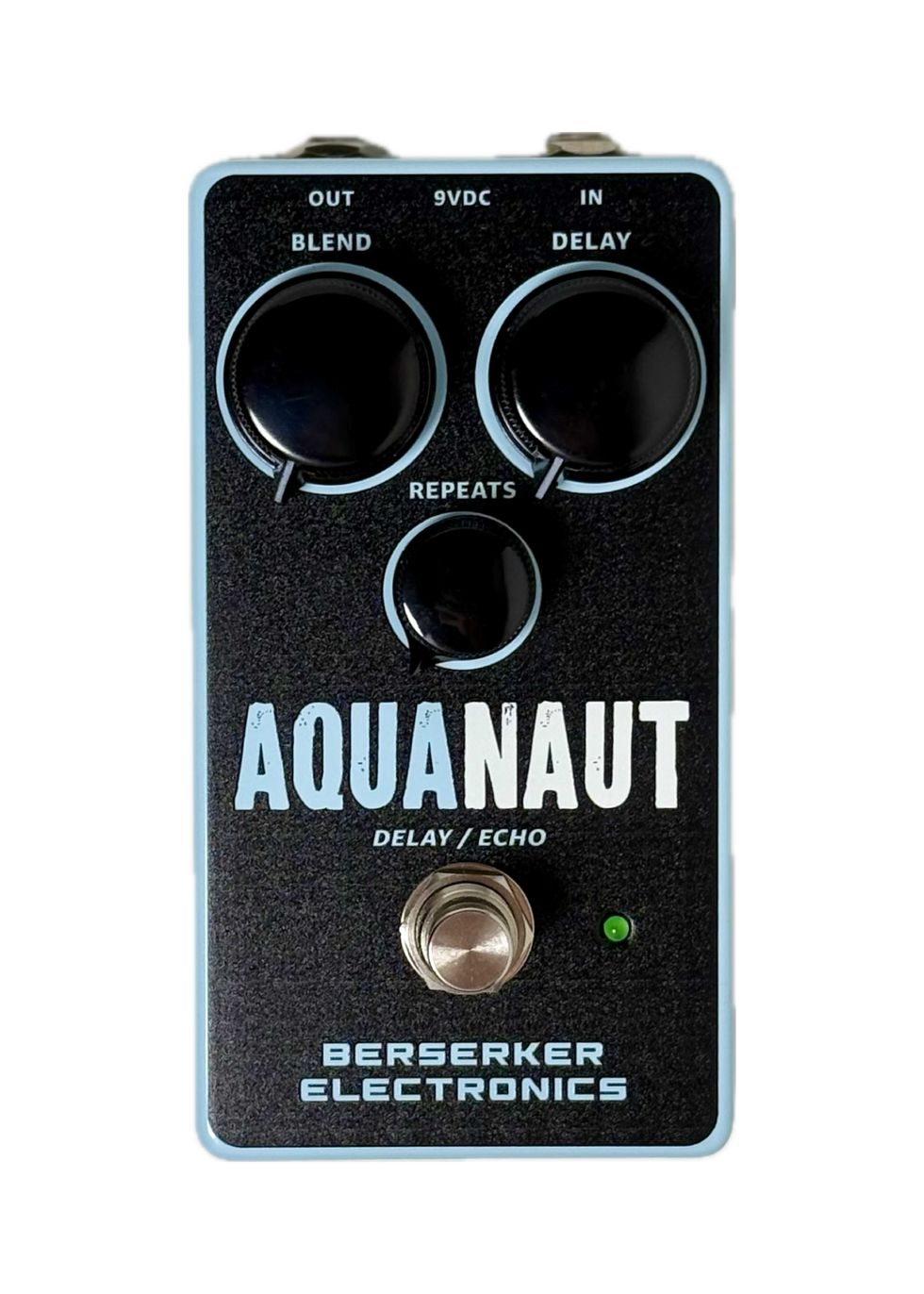It's kind of ironic, but it may be that the smallest and most affordable piece of gear we guitarists own—ounce for ounce, and dollar for dollar—has the biggest impact on both our tone and our technique. We use the pick (or “plectrum") to strike the strings, and that sets our entire audio signal in motion—whether it's through airborne acoustic sound waves or a signal path full of stompboxes feeding blaring amps. The material, thickness, texture, and shape of that pick have an outsized impact not only on the sound we create, but also on our phrasing and articulation.
Indeed, a pick can strongly influence our musical decision-making: Do we play linear, single-note lines in a more legato fashion because we want to minimize the crisp attack our heavy pick imparts, or do we crank out melodic double-stops because that same pick attack pushes them over the top in such an addictive way? Do we add upstroke ghost notes to that rhythm part because our thin pick gives them an ethereal subtlety, or just keep a battery of eighth-notes going because the understated feel helps build tension? Regardless of the genre of music you play, and the musical applications you're attempting to serve, your choice of pick will provide a tonal foundation for your sound and your technique.
Fortunately, it's a good time to explore picks, because there's a smorgasbord of varieties available today. In addition to the big pick kahunas that've been around for decades—companies like Fender, Dunlop, D'Andrea, and Ernie Ball—a slew of smaller manufacturers are making top-notch picks in a variety of styles and materials. These new companies include Red Bear Trading Company, Steve Clayton, V-Picks, Wegen, JB, BlueChip, Golden Gate, PickBoy, Wedgie, and more. If, like most players, you've been using the same pick for years, perhaps now's the time to experiment with shapes and materials you'd never considered before. You may be amazed at what a sharper tip, a heavier gauge, or a more unusual material might bring out of you. And it's a helluva lot cheaper than shelling out for another guitar, amp, or even a pedal.
1. The Material World
Generalizations about the tonal characteristics of pick materials are hard to make, because everyone uses them a bit differently. But if you've ever been caught without a pick and had to resort to fishing a quarter out of your pocket, you know just how harsh and unforgiving the wrong material can be. (Although, even a quarter may be a fitting plectrum in some circumstances!)
By and large, most electric guitarists today use some form of plastic or nylon pick, but the types of plastic have changed considerably over the years. Luigi D'Andrea first began making guitar picks from cellulose acetate plastic back in 1922, and it has remained one of the standard materials for guitar picks ever since, as with Ernie Ball's standard line of Cellulose Acetate Nitrate picks (ernieball.com). Some pick purists swear by "tortoiseshell," which is actually made from the shell of the Atlantic Hawksbill Turtle—an endangered species that is, incidentally, not a tortoise at all. When real turtle shell was banned from trade back in 1973, pick makers turned to plastics to emulate its combination of flexibility and durability. In the process, they discovered DuPont Delrin, the material used in Dunlop's long-lived and very popular Tortex line (jimdunlop.com), D'Andrea's Delrex line (dandreausa.com), and Ernie Ball's new Everlast picks.
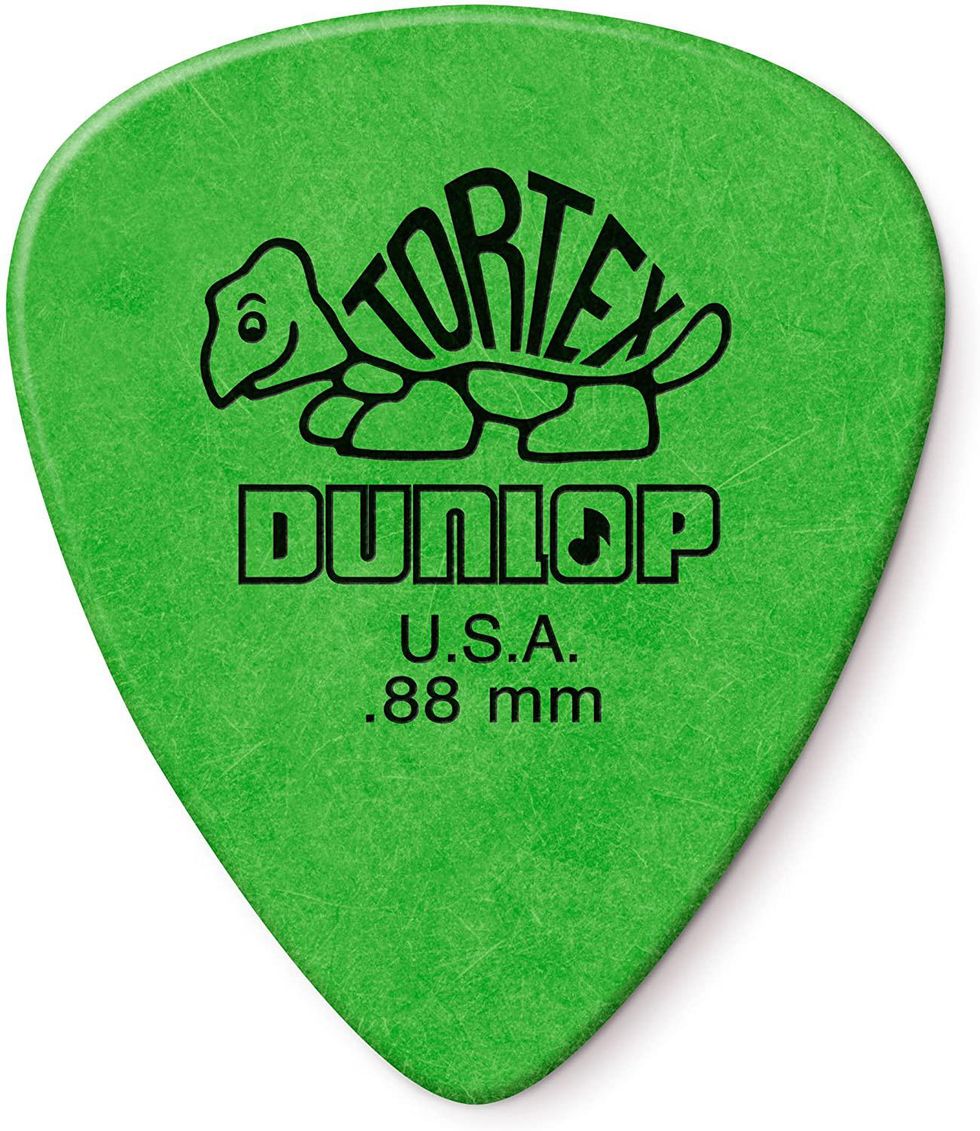
The Tortex pick's distinctive powdery texture—which applies friction to the strings and helps make for a surer grip— comes from a proprietary polishing process that's part of Dunlop's own version of the basic "punch-and-tumble" pick-making technique. (The other frequently used process is injection molding.) "For the longest time, our nylon picks were No. 1 for us in the US," says Jimmy Dunlop, "and they're still huge in the UK. But, starting in the early '90s with the grunge guys, Tortex really started to take over: All those guys used Tortex—Kurt Cobain, Jerry Cantrell, Pearl Jam, Soundgarden … ."
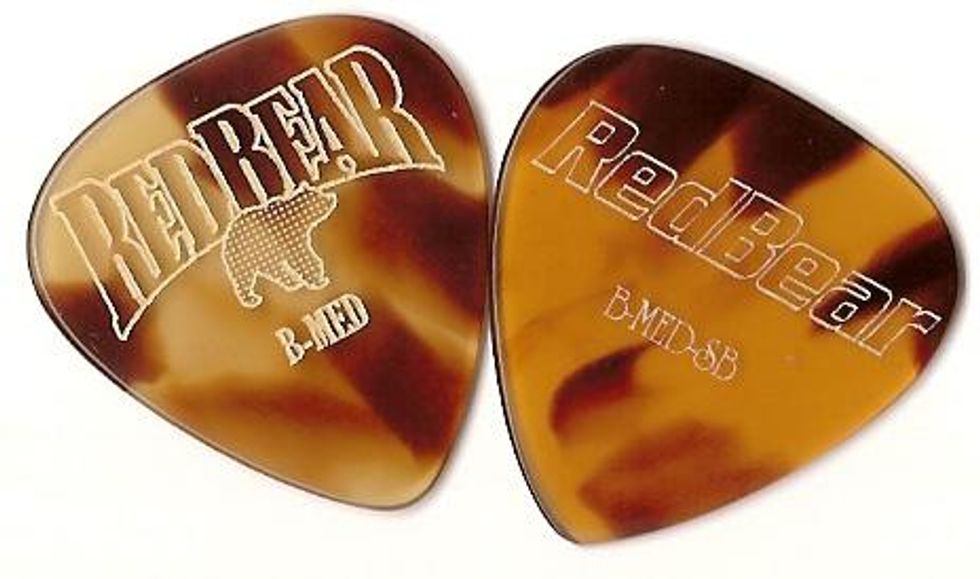
While Delrin aims to emulate the properties of turtle shell, newer plastics like Ultem (polyetherimide) are also being used, including in Dunlop's Ultex line and Steve Clayton's Ultem picks (steveclayton.com). Many tortoiseshell enthusiasts—especially bluegrass and Gypsy-jazz players—are also singing the praises of Red Bear Trading Company (redbeartrading.com), whose Red Bear Original and Tortis picks are made of a polymerized animal protein that Red Bear's Michael Skowron likes to call "cultured turtle shell." Companies like Wegen (wegenpicks.com), Golden Gate, and BlueChip (bluechippick.net) are also making tortoiseshell-style picks from various materials.

Nylon picks—including the legendary Herco Flex used by Jimmy Page, David Gilmour, and Gene Simmons (and which are now made and distributed by Dunlop)—have been a mainstay for many players for decades. They have an arguably brighter sound and more flexibility than comparably thick plastic picks, and they very often have textured grips that make them less likely to slip out of your hand at that sweaty blues jam. They may appeal more to players shooting for a vintage sound, as they seem less suited to the kind of very compressed tone and tight rhythm phrasing that modern rockers gravitate towards.
Stone, wood, leather, and other more exotic materials certainly have their place, too—both as aesthetically beautiful items and as alternate tone generators. In general, the harder and denser the material, the more crisp and cutting the resulting sound. As with guitar bodies and necks, wood picks can impart a variety of tones ranging from brighter and more articulate (e.g., from harder woods) to earthier, warmer sounds from softer woods. The Stone Picks Co. (stonepicks.com) makes picks from gemstones and jade, while Stoneworks (stoneworkspicks.com) creates one-of-a-kind picks from materials like turquoise, variscite, and something they call "dinosaur bone." Surfpick (surfpick.com) makes plectra out of lignum vitae wood, while Pick Your Axe (pickyouraxe.com) offers a variety of woods, including zebrawood, walnut and bubinga. If you're hell-bent for leather, you'll want to check out Corter Leather (corterleather.bigcartel.com), which makes picks out of good ol' hide—you can even have them tanned to order. If you find you still like the sound of that nickel or quarter after all, you might look into Fender's Steel pick (fender.com)— just don't drop it in a slot machine.
2. Get with the Thickness
Whatever the material, a thinner pick— somewhere between .40 and .60 mm for more standard materials like Delrin or nylon—will have a lighter sound that often works better for acoustic strumming and other applications where you want a more trebly tone. The classic strummed acoustic guitar zing sound—so useful on rock, pop, and country recordings for filling in the midrange and helping to define rhythms— is almost always the result of using a thin or extra thin pick. Indeed, the noise of the thin pick flapping against the strings is often an essential part of that sound.
Conversely, thin picks make little sense for rock rhythm guitar or lead, however, as they deliver very little bass or midrange tone, and simply lack the heft necessary to bring out a well-rounded tone on singlenote leads. For that, you'll at least need to step up to a medium-gauge pick—which is generally in the range of .60 to .80 mm. Mediums remain the most popular pick thickness, and with good reason: While they're not ideal for zingy strumming, they're the perfect combination of stiffness and flexibility for rock rhythm work and full-bodied acoustic accompaniment (especially in solo situations), and they've got enough heft to produce powerful tones on leads and hook figures as well. Tonally, they tend to help produce a good blend of high-end bite and lower mid-range thump, without being too shrill or boomy.
Of course, there's nothing wrong with a little boom. For a heavier sound, you'll naturally want to gravitate to a heavier pick—basically anything past .80 mm. At the lower end of this range, you'll still have enough flexibility for crunchy rhythms, but you'll also have the firmness you need for full-bodied chord arpeggios and fat lead lines. In fact, it's noteworthy just how much one's tone changes in switching from a medium to a thick pick. Solos suddenly sound more dynamically even—almost compressed— with fewer transients and spikes. And you may even find that your leads seem to clean up a bit, as there's likely to be less pick noise and less slop in your playing.
At the thicker end of this range, over 1.5 mm, you'll find the ideal weights for bebop and other big-body jazz guitar playing— sounds that become increasingly mellow and warm, and lines that sound even cleaner and more burnished. But the biggies aren't just for jazz cats: Metal dudes who favor a bottom-heavy, scooped-mid sound will also want to experiment with picks in the 1.5 mm to 3 mm range.
3. Shape of Things
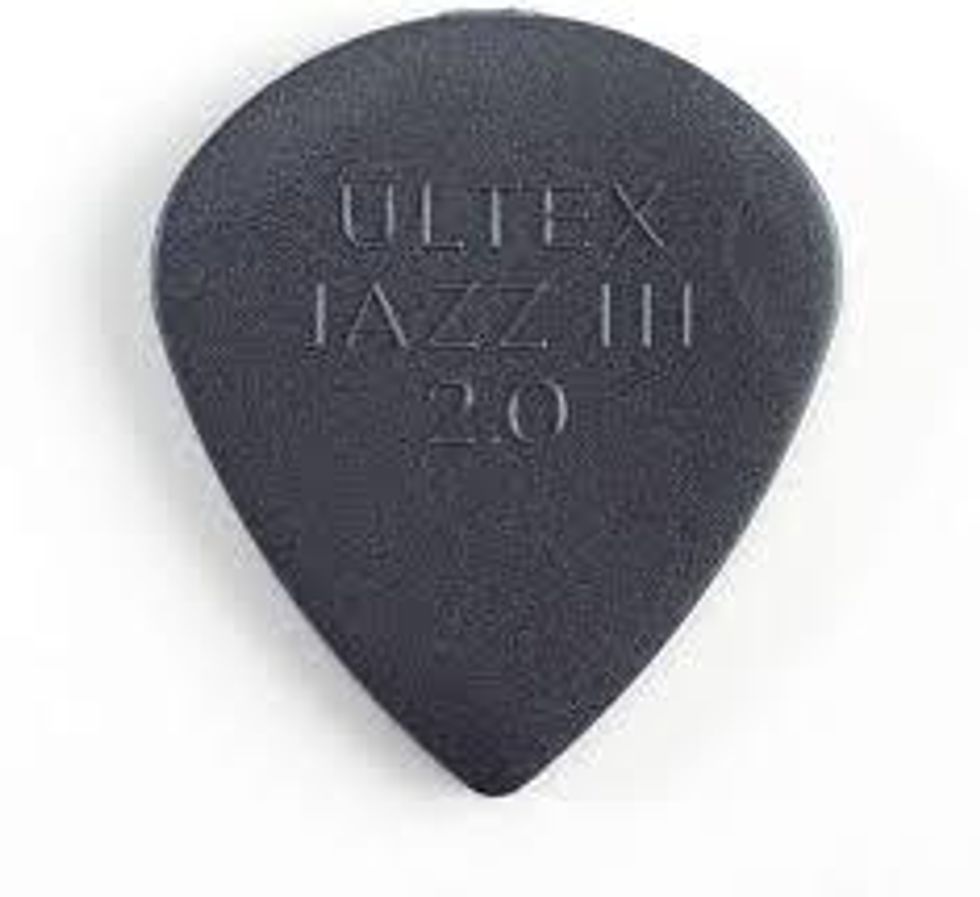
The shape of your pick is another place to consider experimenting. While you may be attached to a certain shape, as your playing develops, you may find that a different shape becomes more desirable. Generally, electric players who want more precision, control, and articulation of single-note lines (including shred kings like Dream Theater's John Petrucci, who uses teardrop-shaped d) will gravitate toward smaller, heavier picks with pointier tips, which is why virtually all jazz-oriented picks are shaped this way.
As Jimmy Dunlop puts it, "If you make the conversion to a Jazz III pick, you're not coming back. If you suddenly were to go back to a standard-size pick after that, it would be like putting on a pair of clown shoes and trying to run the 40-yard dash. You simply develop a more articulate style with a pick like that."
Those teardrop and small, triangular shapes, says Ernie Ball's Derek Brooks, "were really made popular by the jazz guys, and I've also noticed that a lot of the progressive, highly technical shred players also prefer those. Arguably, there's less drag on a smaller pick like that." Apart from the standard, teardrop and jazz shapes, other essential shapes include the equilateral triangle and the fin shape, which offers more than one style of contact surface, including a multi-point edge, as well as a more standard rounded point.
But it's not just the shape you should consider, either—it's which part of said shape you use. Some players use the rounded rear portion of the standard pick shape to get a sound that's a little more full and, well, rounded.
4. Tap into Textures
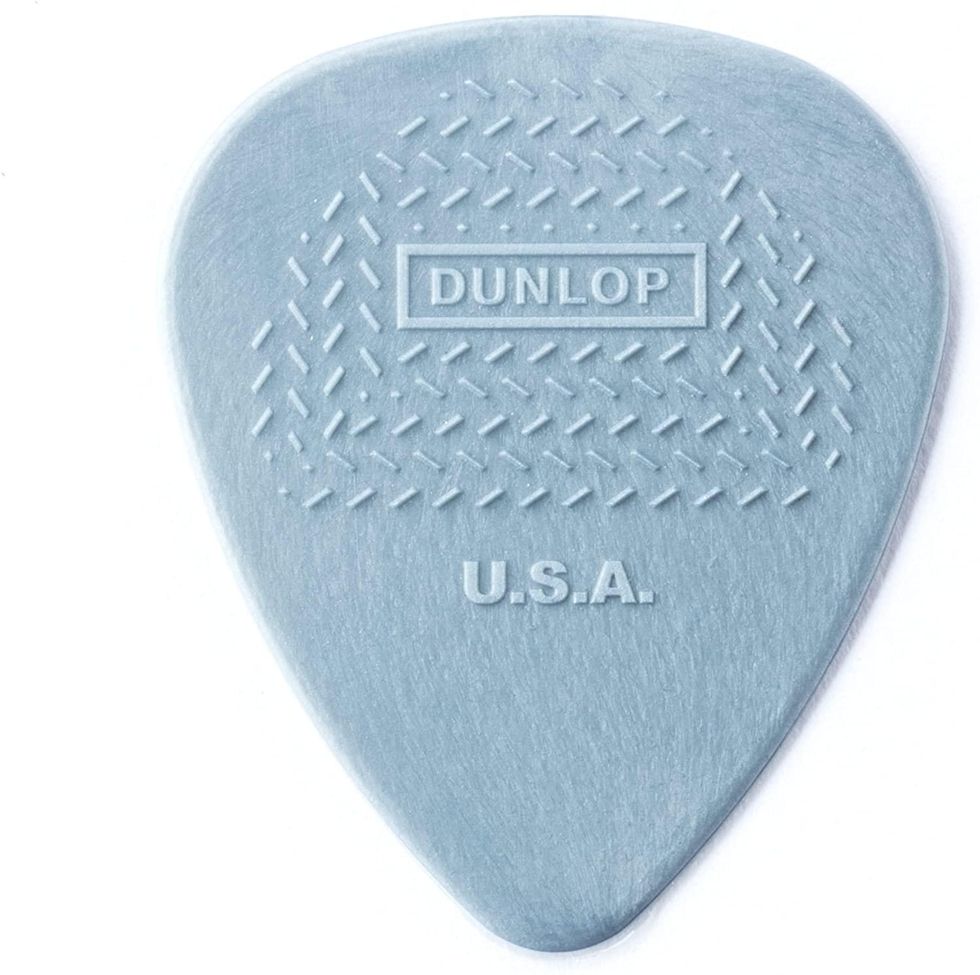
Though it's probably one of the most overlooked aspects of picks from a tonal perspective, believe it or not, the texture of your plectrum's surface can also be a big deal. Many pick designs—including Dunlop's traditional Nylon picks (as well as their Max-Grip cousins) and D'Andrea's Brain picks—feature raised lettering and/ or other patterns intended to help you maintain a better hold under sweaty conditions. But a lot of players like these raised surfaces even more for the impact they have on tone. Famous players who reportedly flip these picks around so that the textured grip surface comes in contact with the strings include country star Keith Urban and U2's the Edge (who uses nylon Herdim picks with raiseddot grippage). Try it out—grab a pick with raised dots or lettering, and dig how it imparts a more biting texture to your sound.
How to Pull off a Rockin' Pick Slide
A dramatic pick slide is either the coolest pick trick, or the dorkiest, depending on how well you pull it off. If you sound like Eddie Van Halen on the intro to 1979's "D.O.A.," you've got it mastered. If your cat shrieks—keep practicing. A Dunlop Tortex Heavy has the perfect mix of grainy, powdery texture and weight for pick slides, while most cellulose and nylon picks don't. Here's the key: The pick should be held flat against the low E string, so that the gripping surface—not the edge—is what contacts the string. (That's why they don't call it a "pick scrape." No one said a glory move like this would be easy.) Start with the pick back by the bridge, and drag it rapidly along the length of the string, all the way to the nut. You'll want to have a decent amount of gain for this—and it doesn't hurt to have a phaser and some delay to help create that jet-swoosh sound while making the whole slide that much bigger and broader. —JR
5. A Question of Style
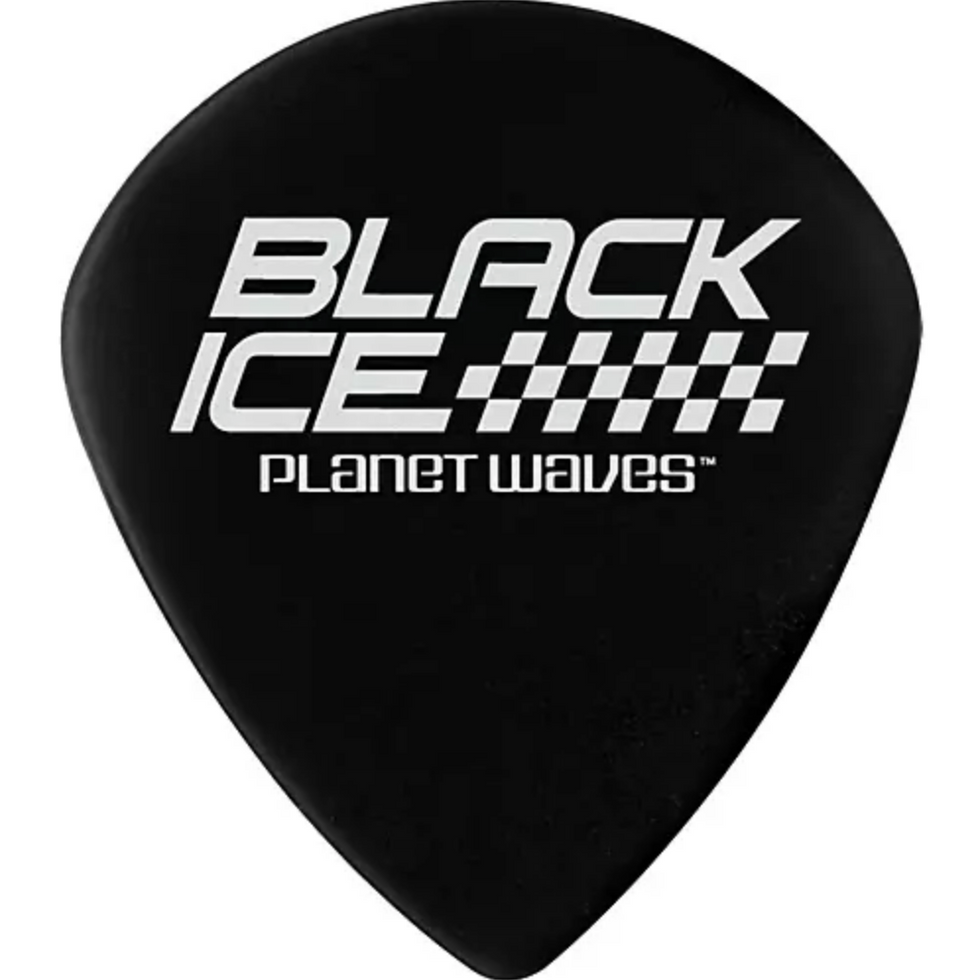
Ultimately, the pick you choose will have everything to do with what style of music you play and the unique attributes you bring to that style. Still, it's equally fascinating that it also works the other way around: The pick you use can have a determining effect on how your style develops. "I like to play solos, so I prefer a heavy pick for digging in," says Ernie Ball's Brooks, "and that's the only pick I use. So I'm aware that that's had a big impact on my rhythm style, which might be quite different if I'd used a medium pick all these years."
Although players of all types are encouraged to be adventurous with every consideration we're discussing here, there are still some pretty reliable rules of thumb to follow if you're new to guitar and are overwhelmed by the possibilities. For acoustic players, here's what we recommend: Acoustic chord strummers will generally want to use a thin pick, probably one made of cellulose, Delrin, or faux tortoiseshell. Acoustic flatpickers engaging in more intricate playing and single-note lines will probably prefer something a bit more rigid, perhaps a medium or a heavy. And they, too, will want to seek out some of the excellent tortoiseshell replacements, such as Red Bear's Original and Tortis, Dunlop's Ultex, Clayton's Ultem, or JB's Shell Sonics (jbpicks.com). That said, a good old-fashioned Fender Medium or D'Andrea Classic Celluloid will also work. And if thumbpicks are your calling, most manufacturers have something that'll suit your needs.
Electric rock players, on the other hand, can, uh, take their pick, though they will almost certainly favor medium to very heavy gauges of standard-shaped or large triangular picks, with either a rounded or a sharp tip. Classic- and indie-rock players might consider nylon or cellulose, while metal and grunge aficionados might steer toward Delrin or even acrylic models, such as V-Picks' Stiletto, Switchblade, Venom, or Snake models (v-picks.com). As we mentioned previously, regardless of genre, if accuracy and precision are your game, consider trying a smaller, harder pick with a sharp tip. Jazz players also typically favor the smaller, harder picks, such as Dunlop's Jazz III or Big Stubby, Planet Waves Black Ice Extra Heavy (planetwaves.com), PickBoy Pos-A-Grip Jazz (pickboyguitarpicks.com), and many others.
To Each Their Own
There's no accounting for taste, of course, and the only way to really find your true voice on the instrument is to keep practicing and keep experimenting. Ultimately, only your own ears can tell you when you've found the pick that best assists you in realizing the sound inside your head. And chances are, your idea of what constitutes the ideal pick will evolve over time, or at least broaden to include different considerations for different applications. So try as many as you can and keep your ears—and your mind—open. With that approach, you're sure to always pick a winner.
Alternative Picks
Not everyone is content to use a pick made from cellulose, nylon, or even stone, and even the most diehard tortoiseshell user may want to change things up now and again. Fortunately, offbeat pick variations and other unusual string-strokers abound.
Jellifish Plectrum Effect
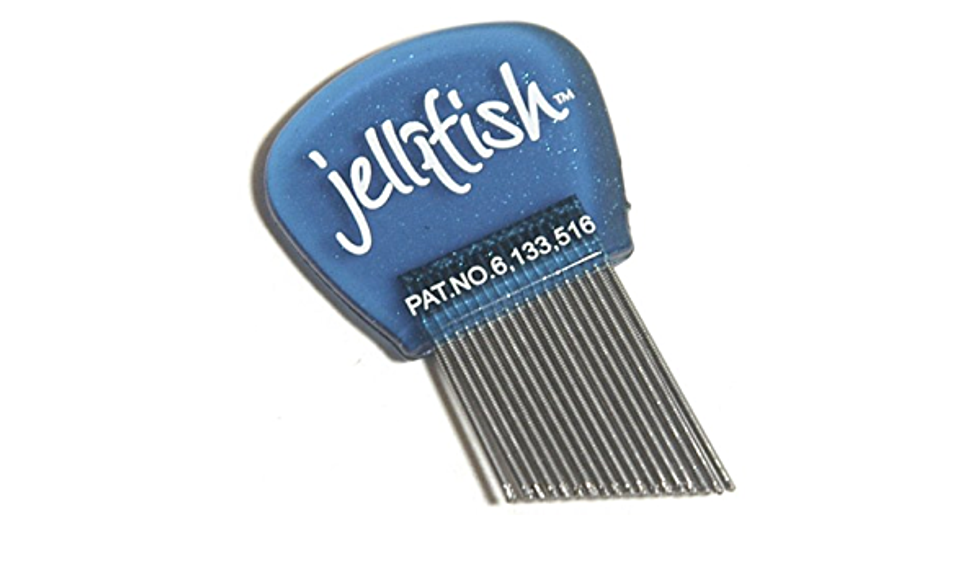
Looking a bit like Sigmund the Sea Monster, the Jellifish pick is not really a pick at all, but a series of 18 small pieces of guitar-string-like wire arranged on a slight grade and held together by a plastic, pick-like fob. You can produce a chorus effect by grazing it over the strings laterally, or arc it back and forth over the strings for a sound not unlike a cello or a viola. jellifish.com
The Wirething Guitar Pick
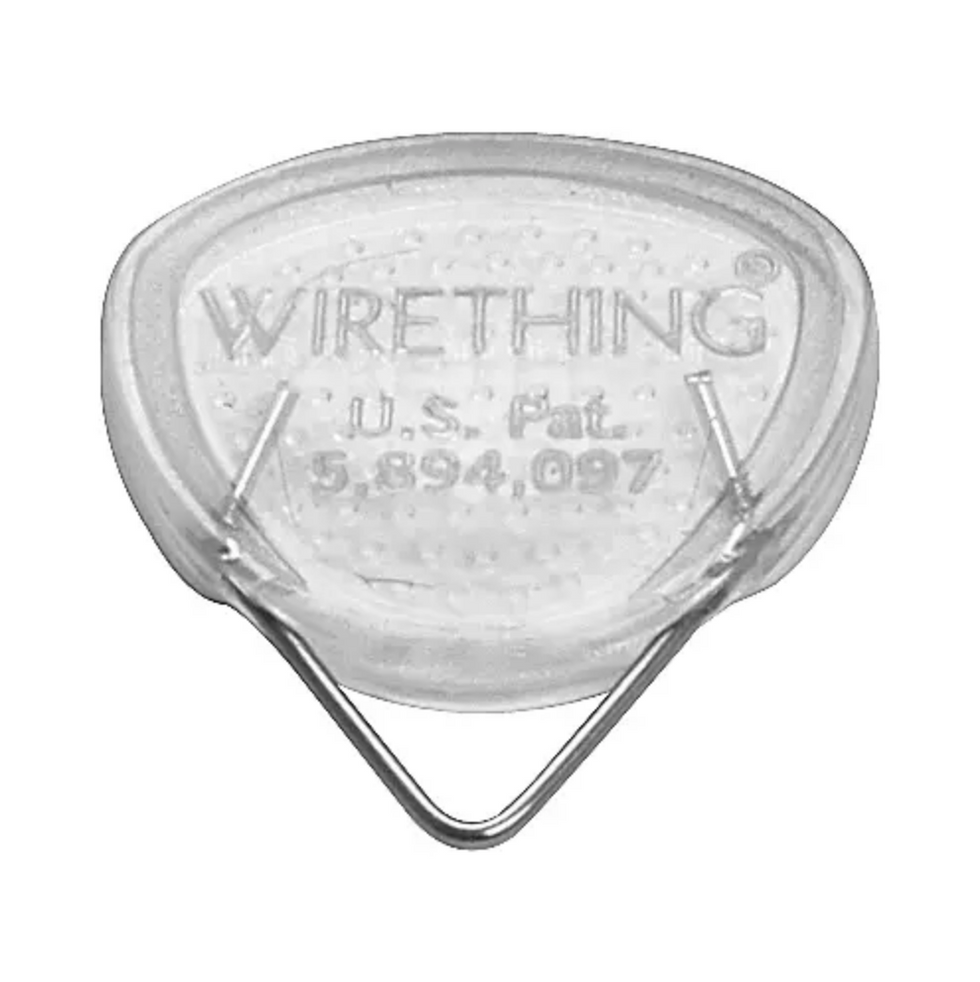
This little oddity comes in models that use a nylon, acrylic, or plastic injection-molded body with a small metal wire made of steel or copper alloy for striking the strings. Jerry Donahue and Gene Bertoncini sing its praises, which isn't bad company to keep. wirething.com
Fred Kelly Bumblebee Jazz

This interesting hybrid is basically a yellow thumbpick attached to a small, black flatpick, giving you the best of both worlds. fredkellypicks.com
Heet Sound EBow
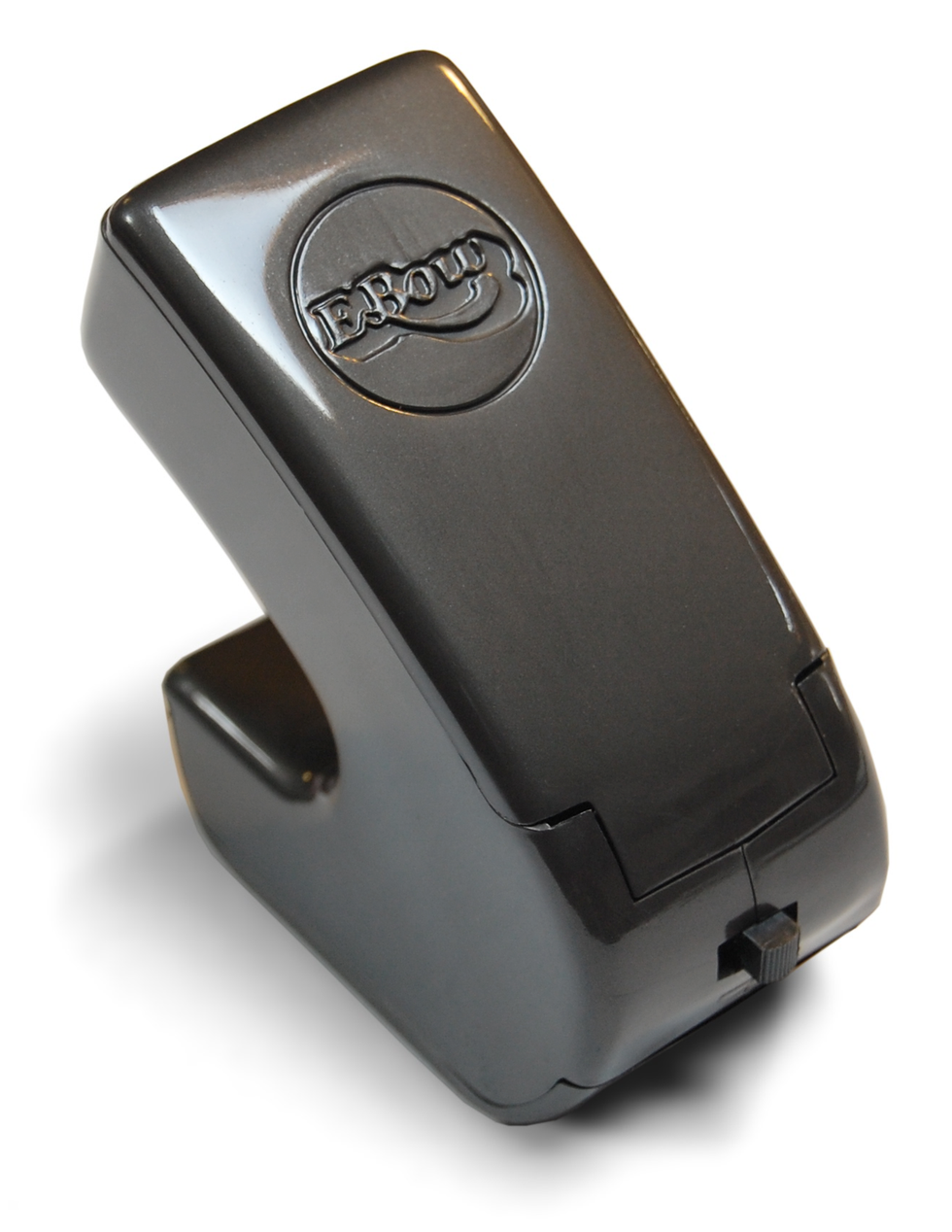
While not a pick in the usual sense, the EBow has been cool for so long and through so many phases of musical fashion, that its actual method of actuating strings—by focusing "a sympathetic oscillating magnetic field" on them—is almost secondary. Used liberally by everyone from Robert Fripp and Adrian Belew to Radiohead, Bloc Party, and Opeth, it's almost certainly the most popular device for coaxing sounds from a guitar outside of a traditional guitar pick. With a sound somewhere between a guitar synth and an angry cello, it's simply a must-have for every recording player. ebow.com/home.php
Updated on 4/20/2021.
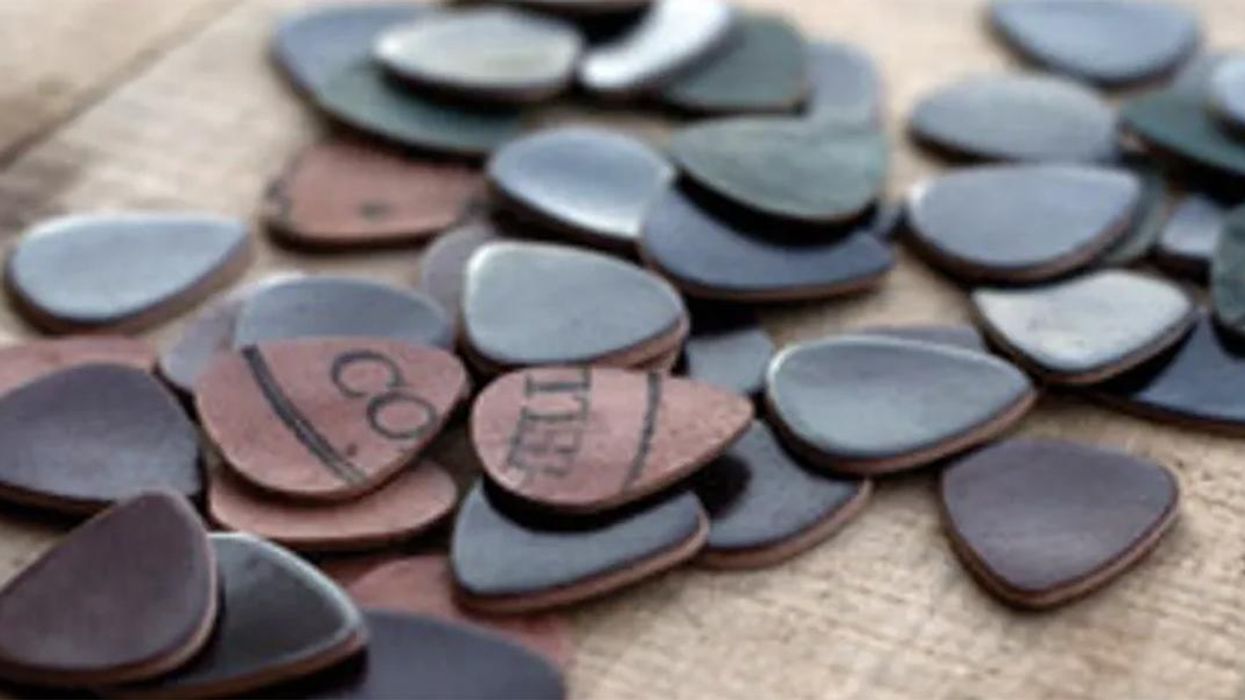






![Rig Rundown: AFI [2025]](https://www.premierguitar.com/media-library/youtube.jpg?id=62064741&width=1245&height=700&quality=70&coordinates=0%2C0%2C0%2C0)



![Devon Eisenbarger [Katy Perry] Rig Rundown](https://www.premierguitar.com/media-library/youtube.jpg?id=61774583&width=1245&height=700&quality=70&coordinates=0%2C0%2C0%2C0)



